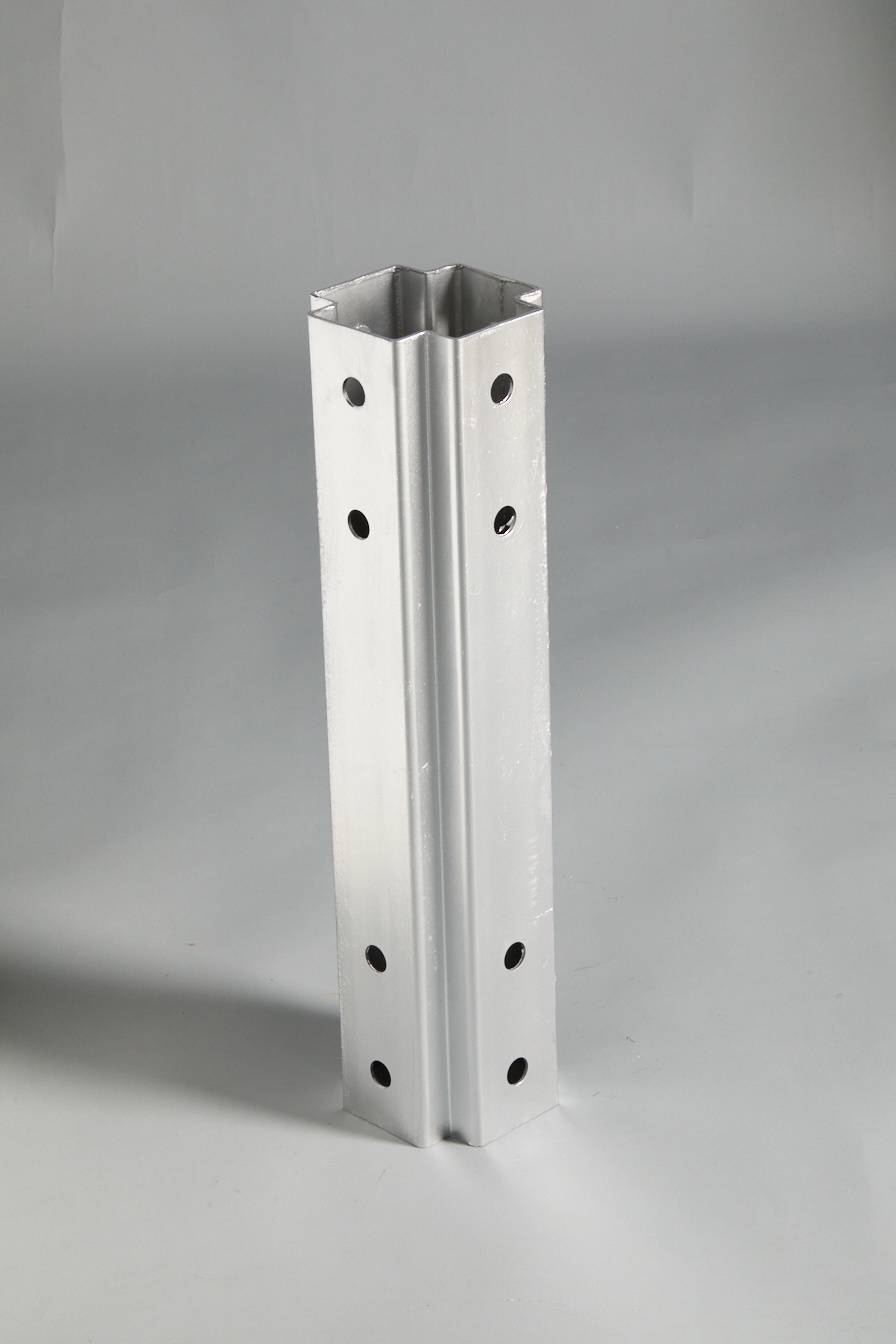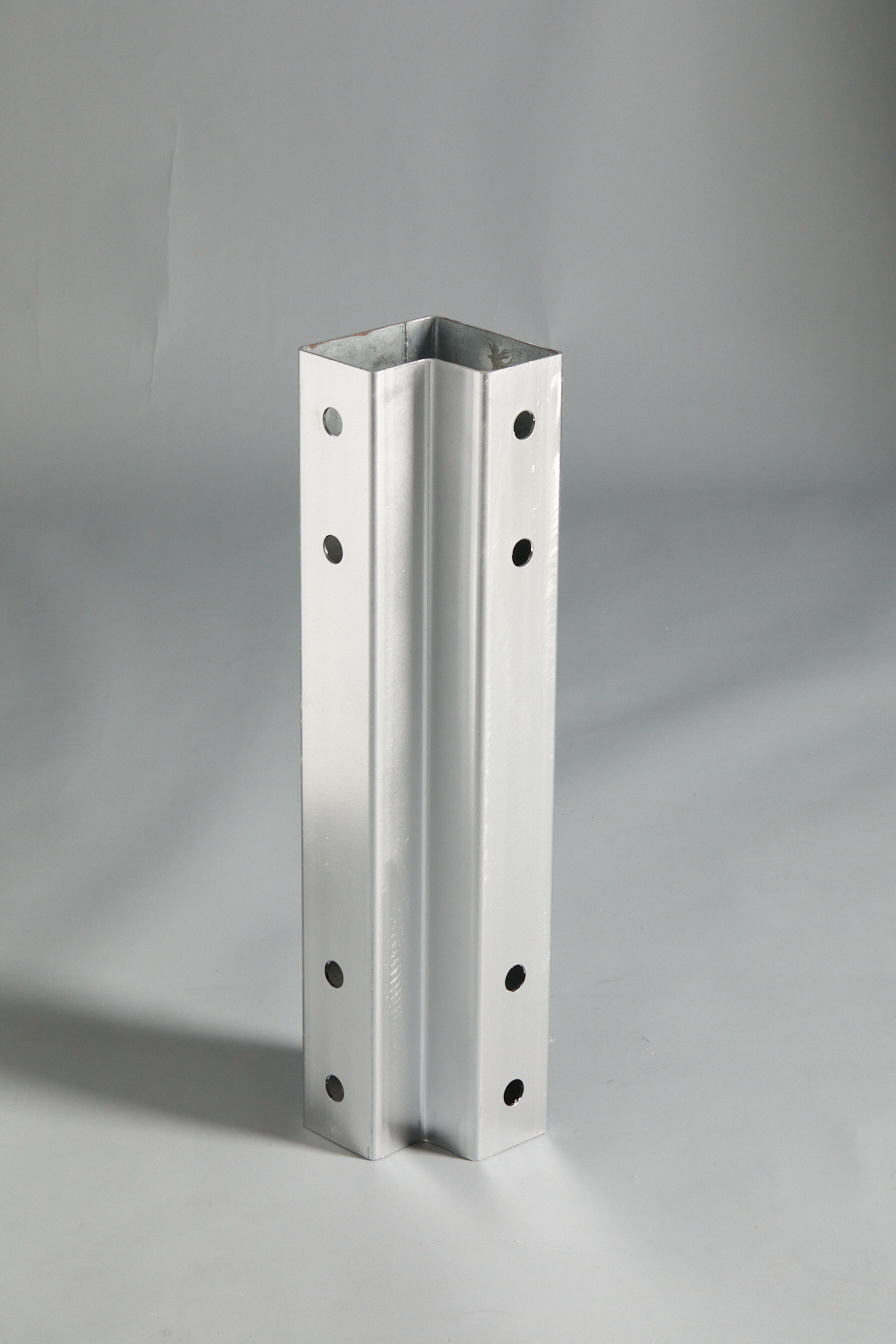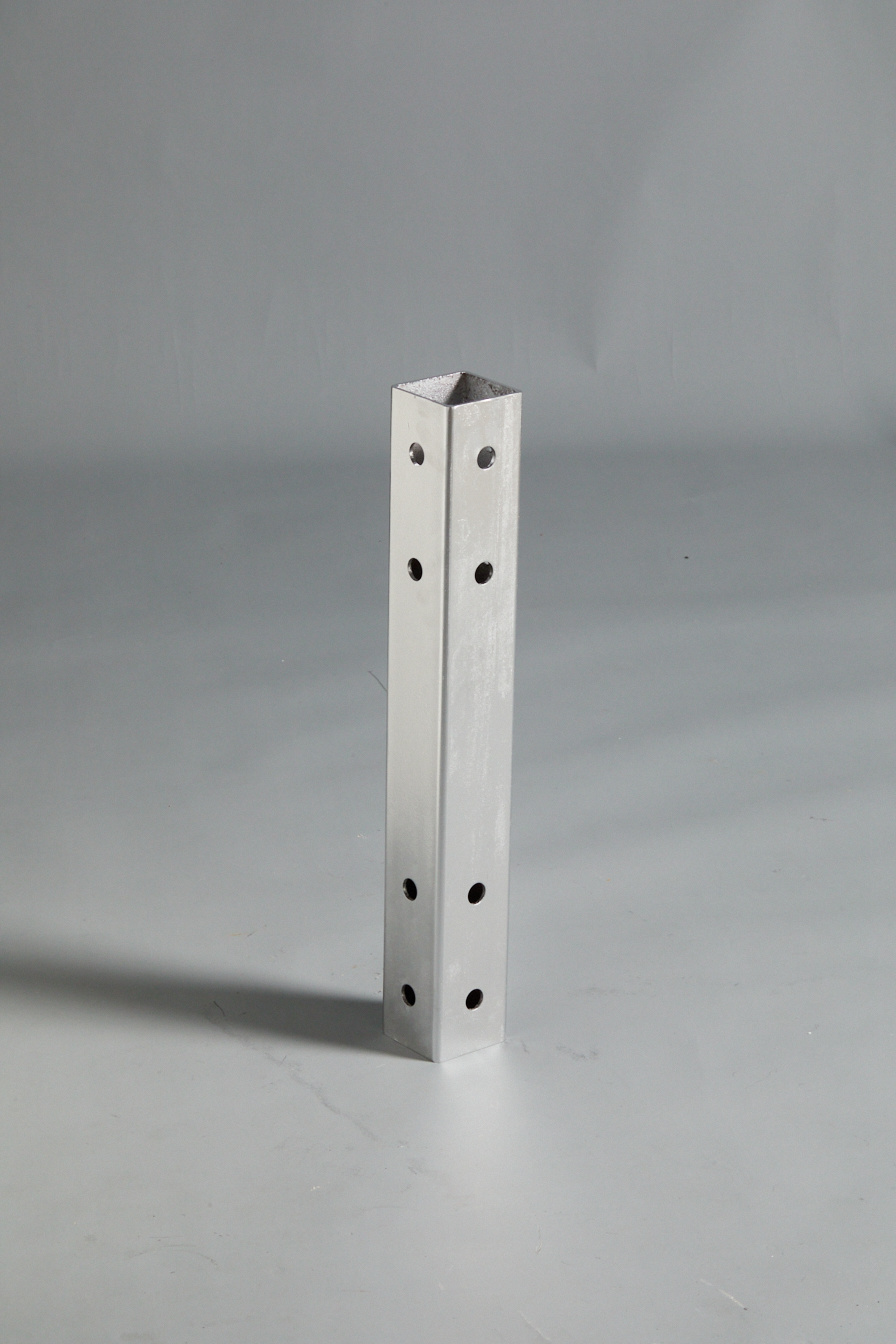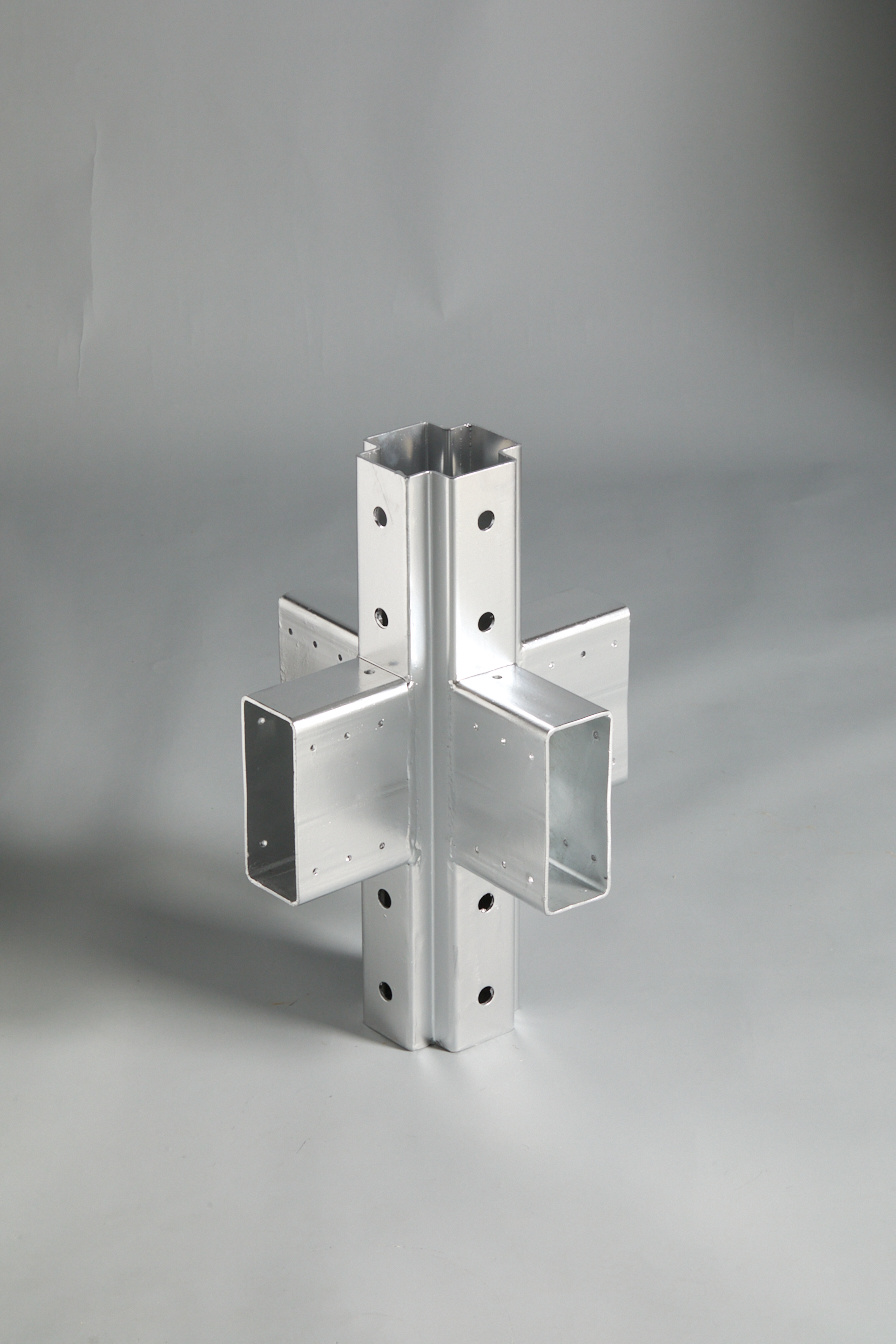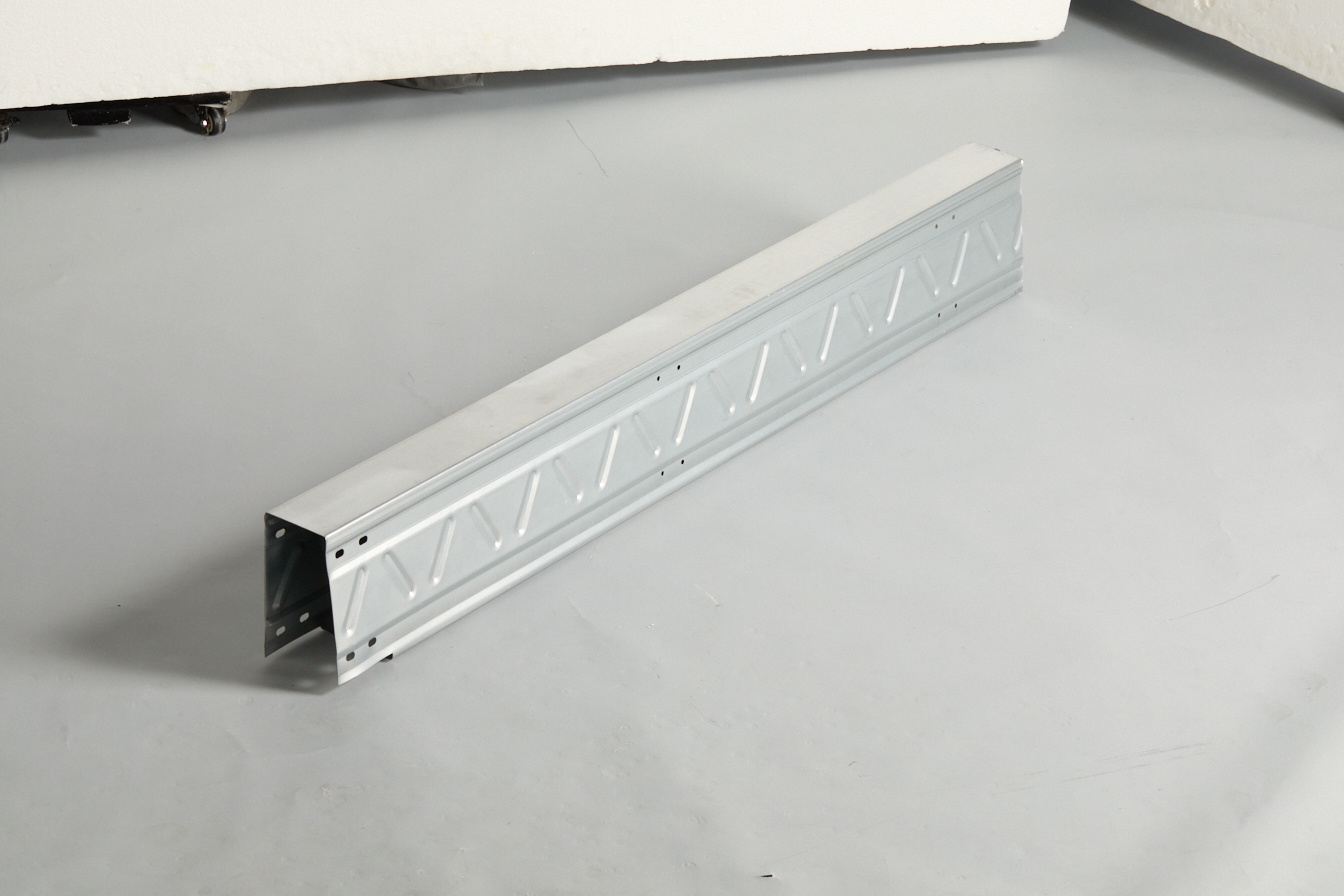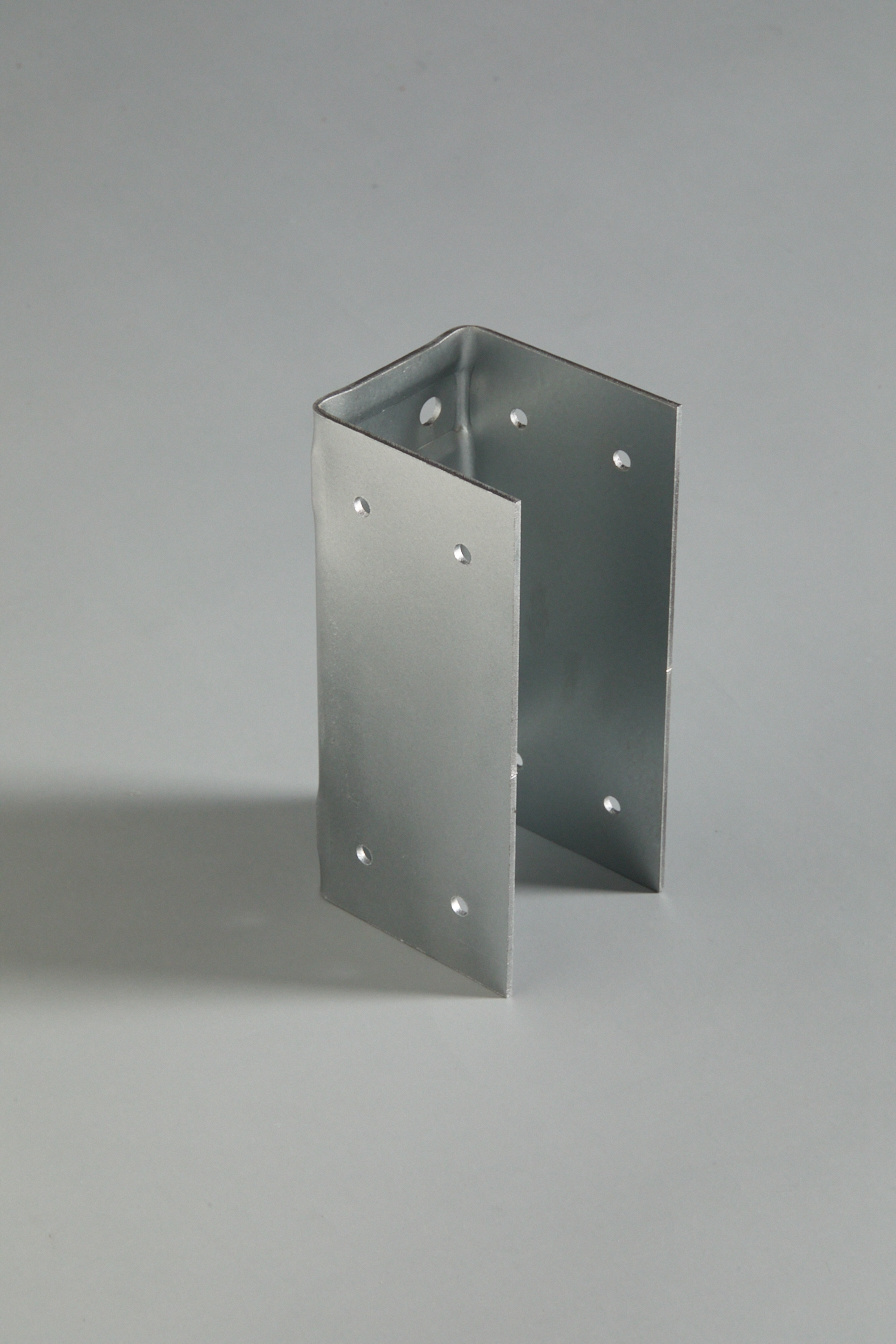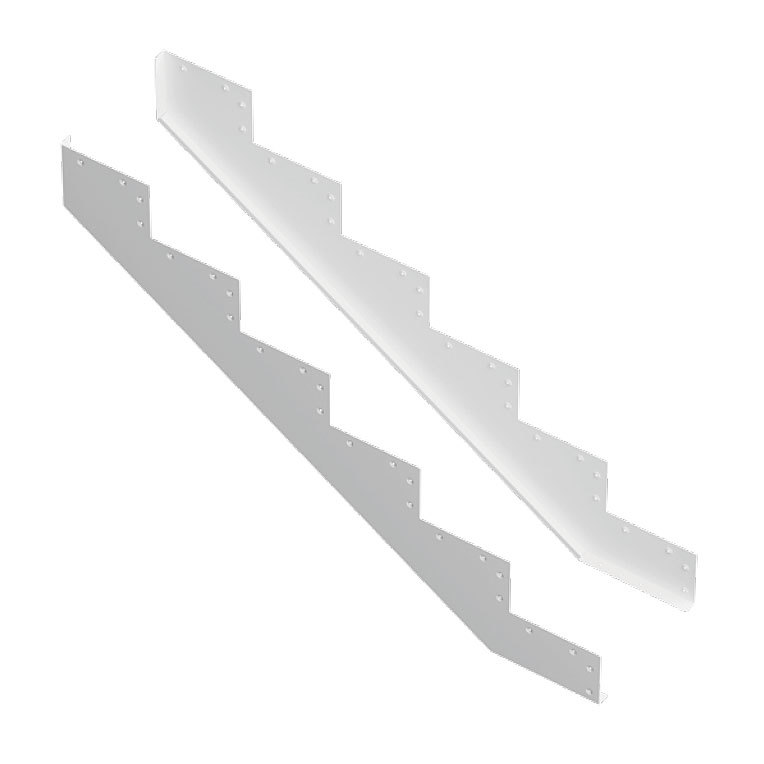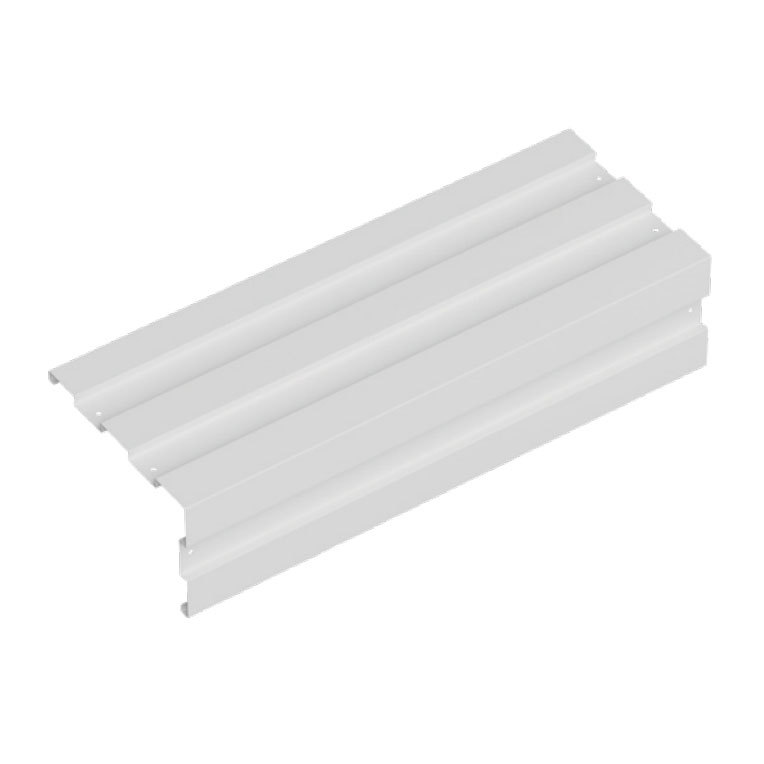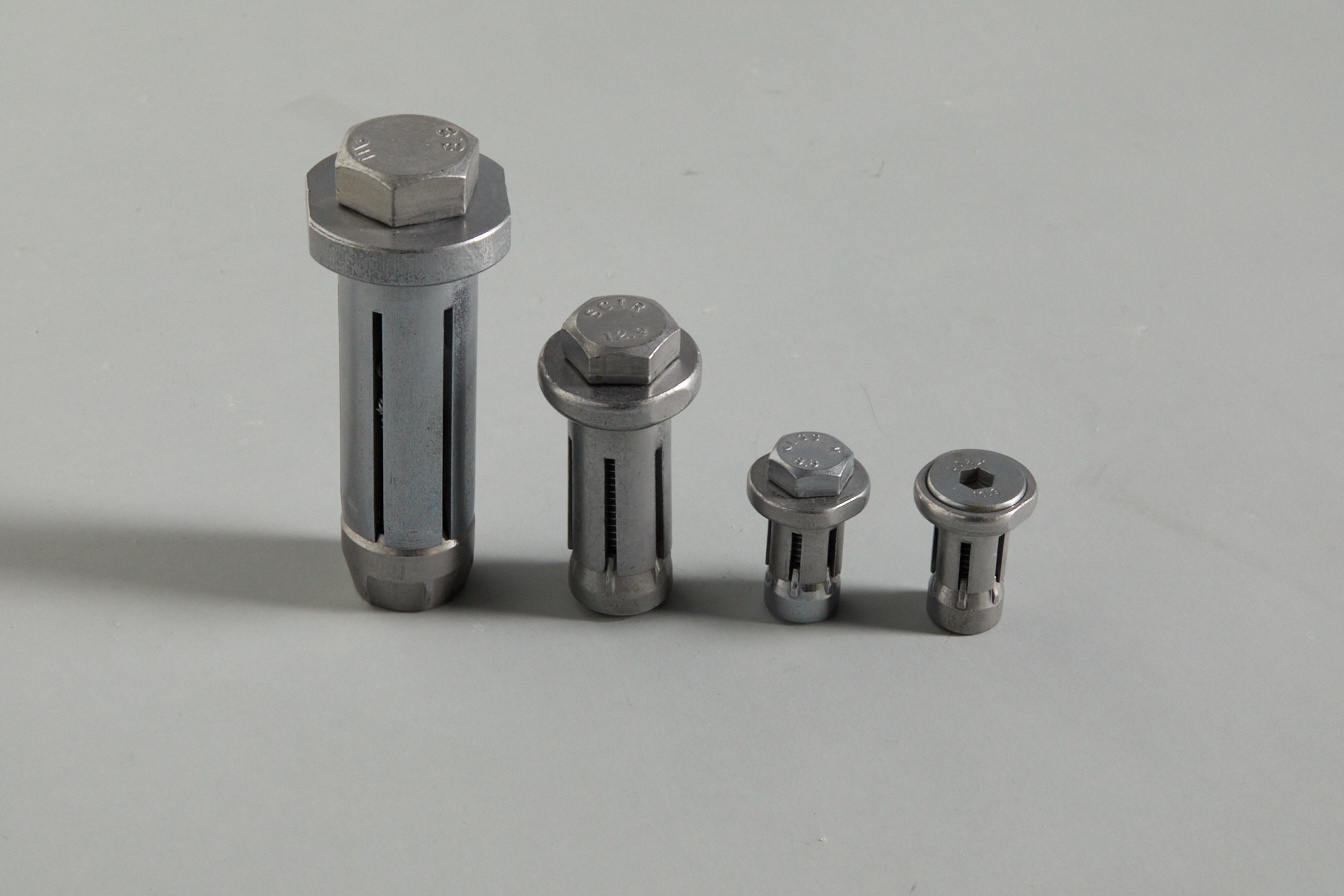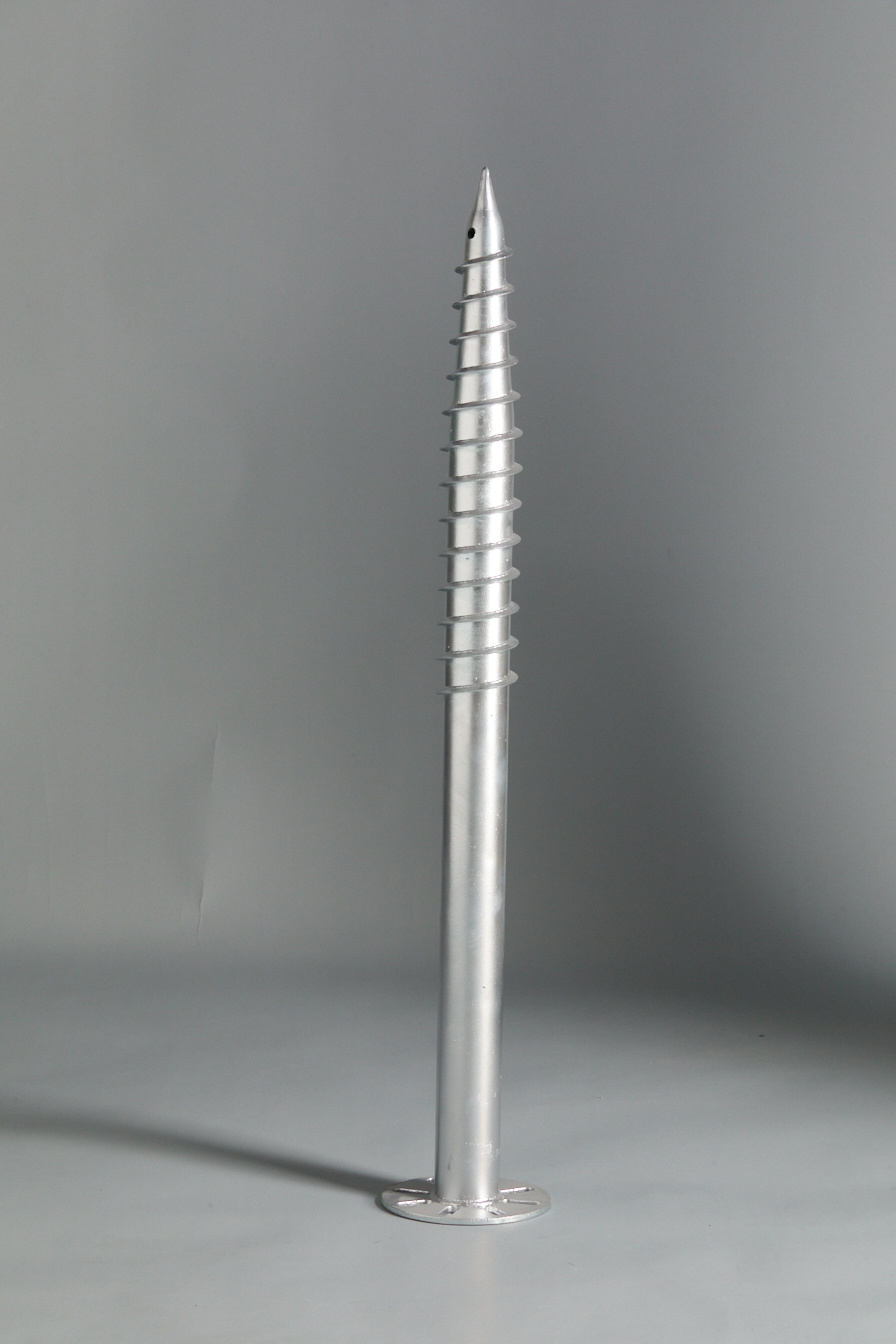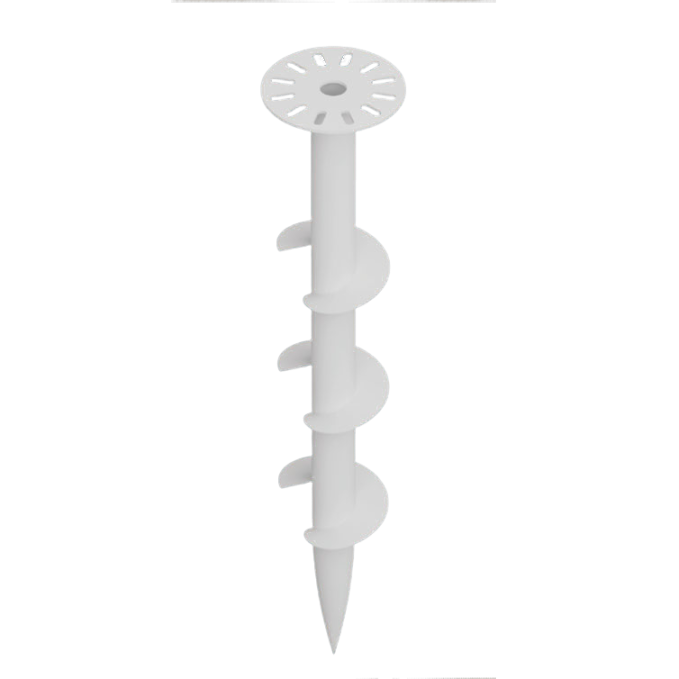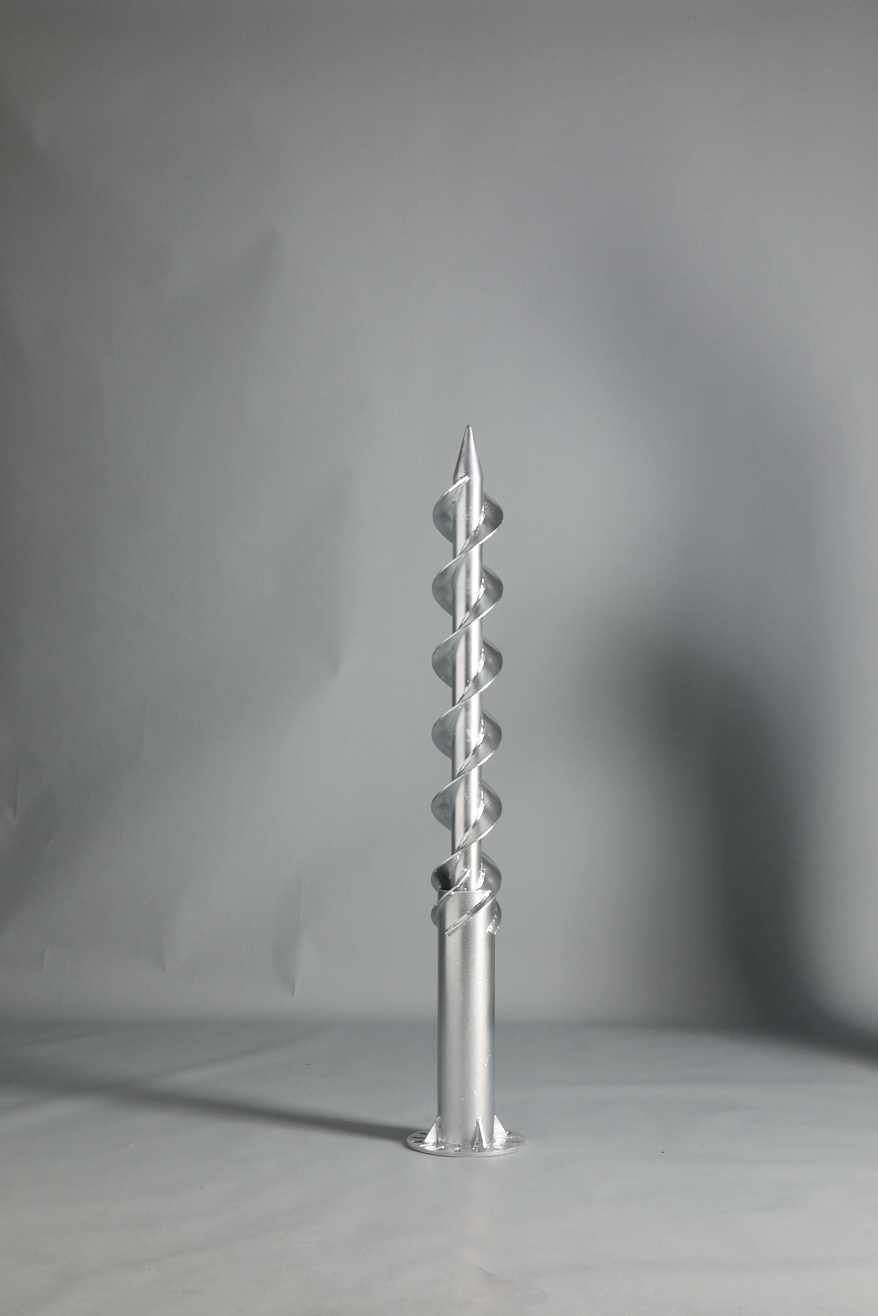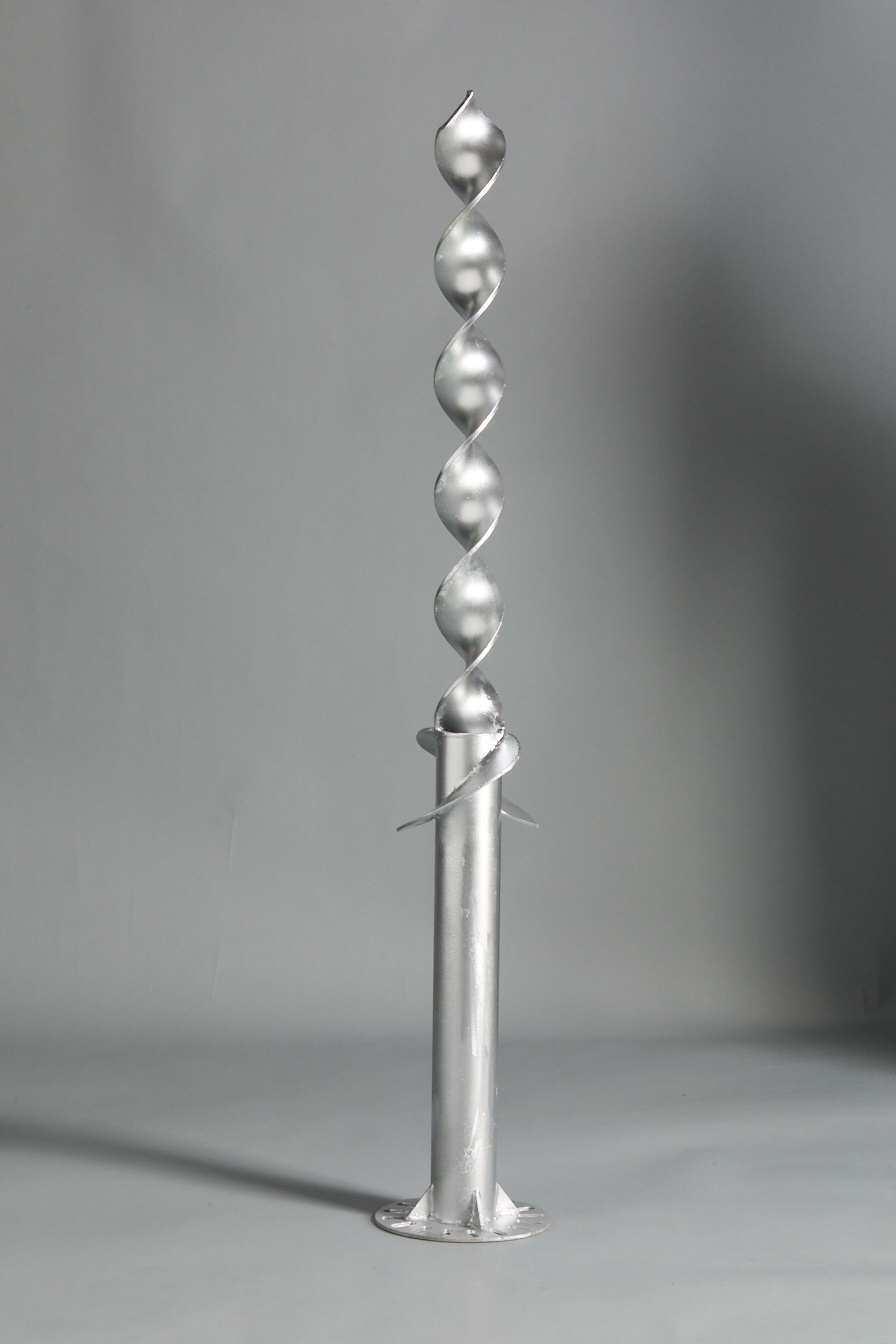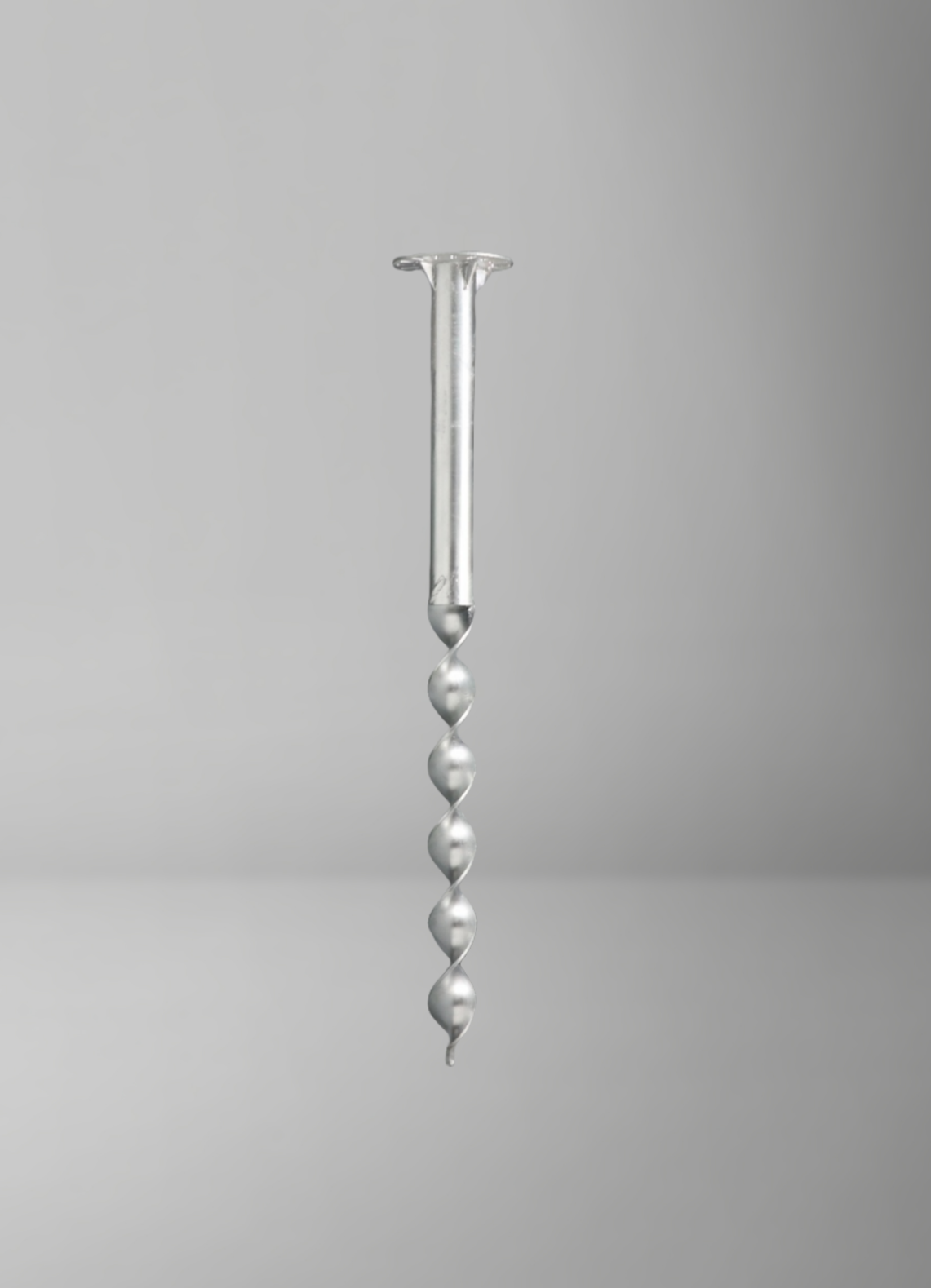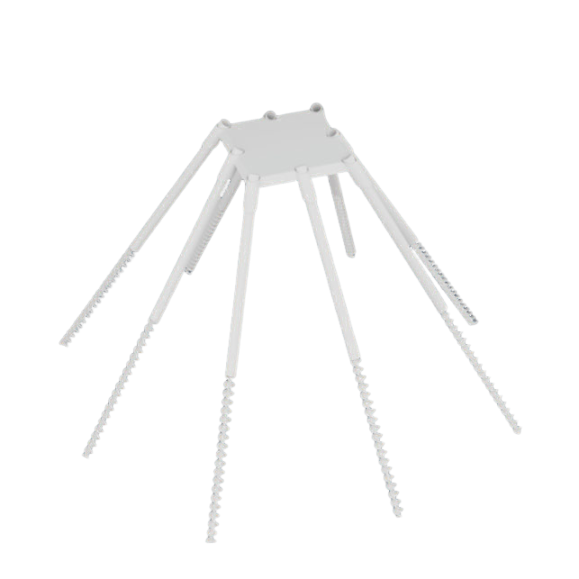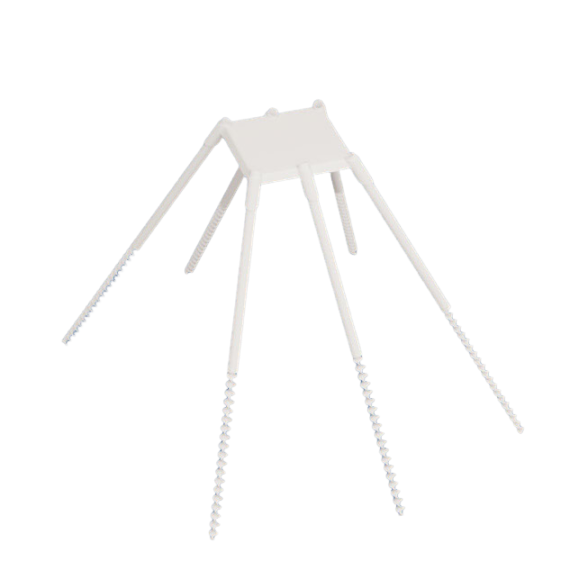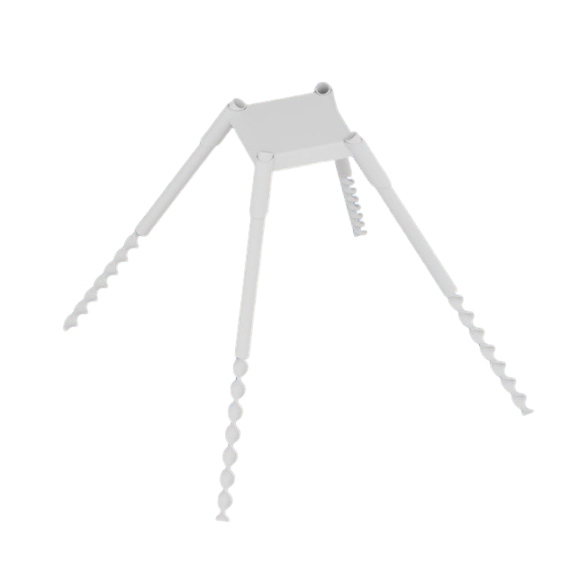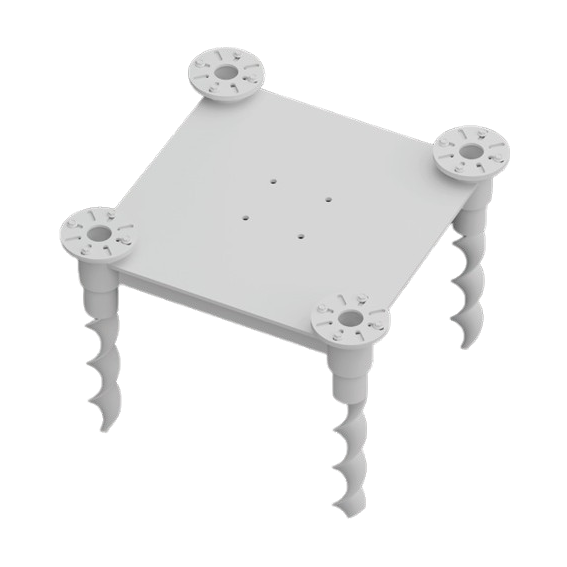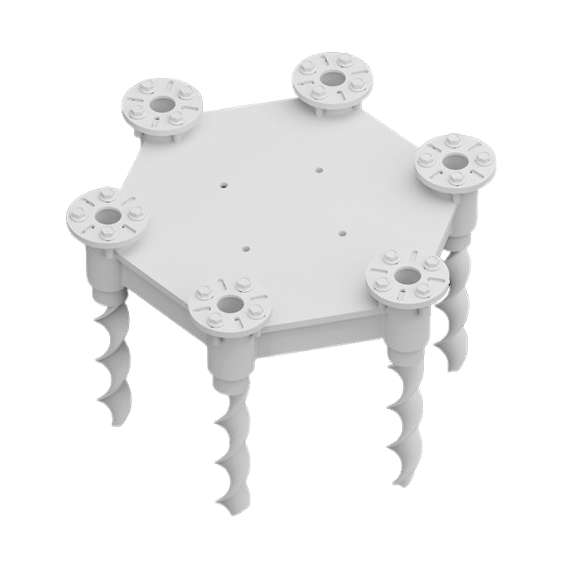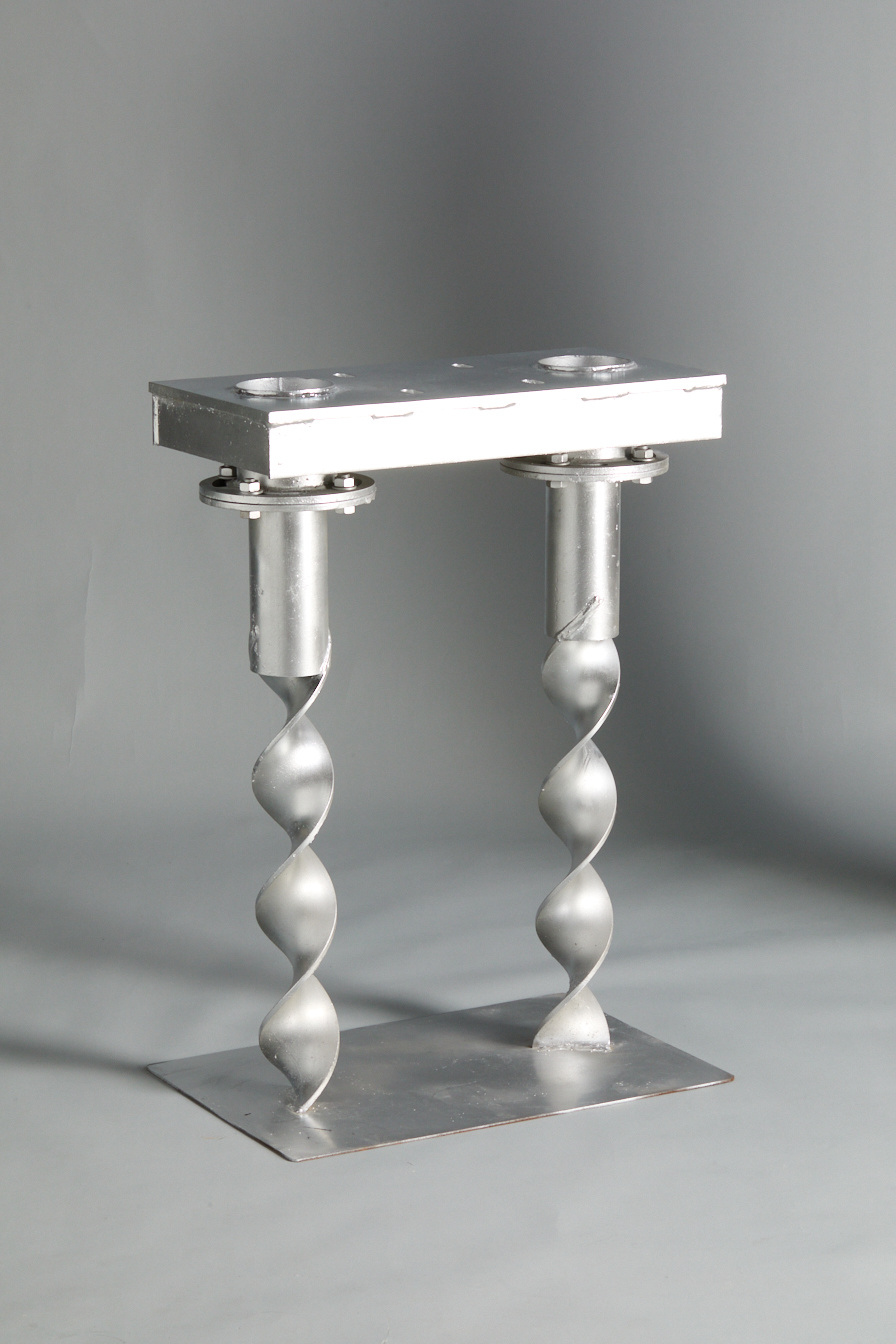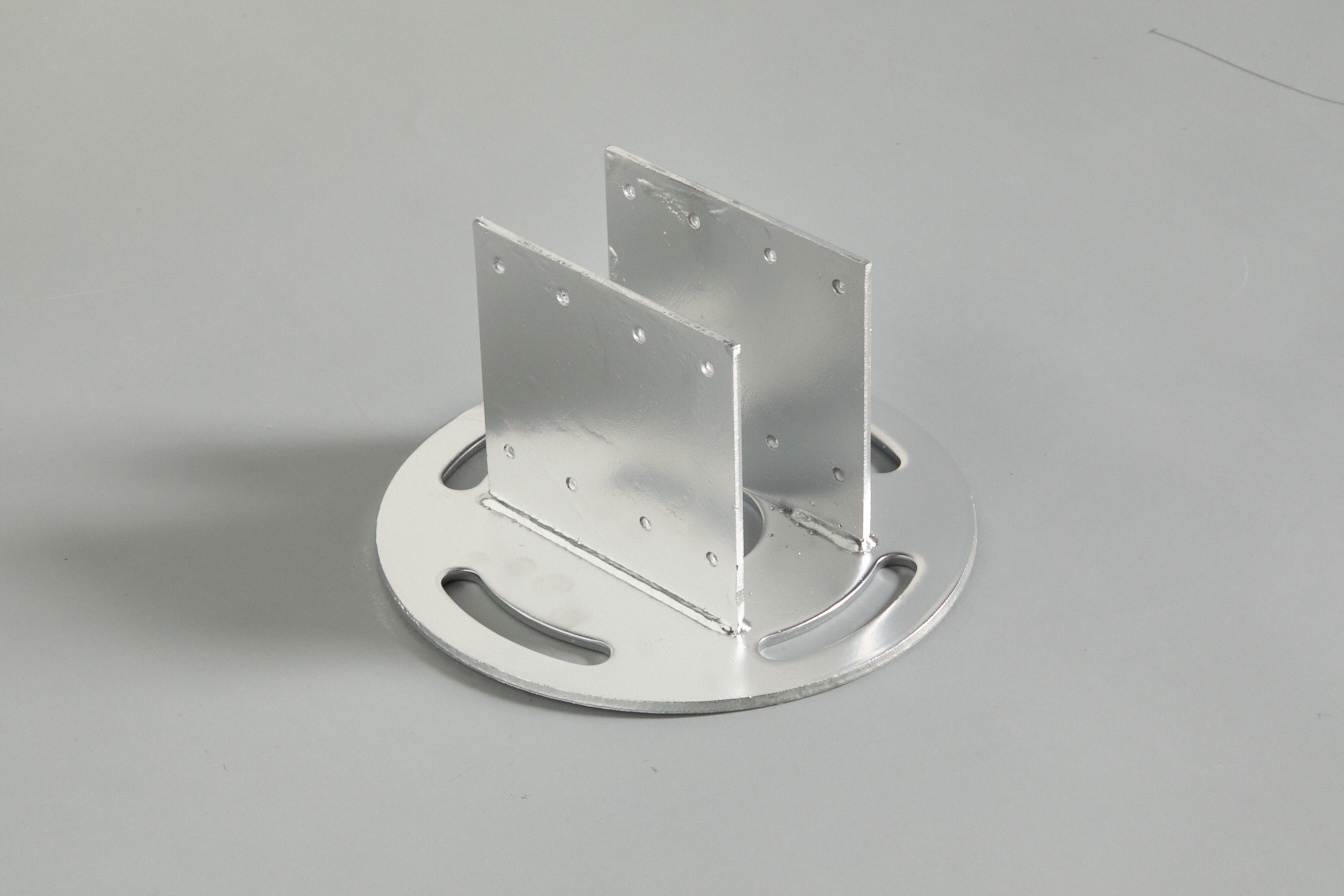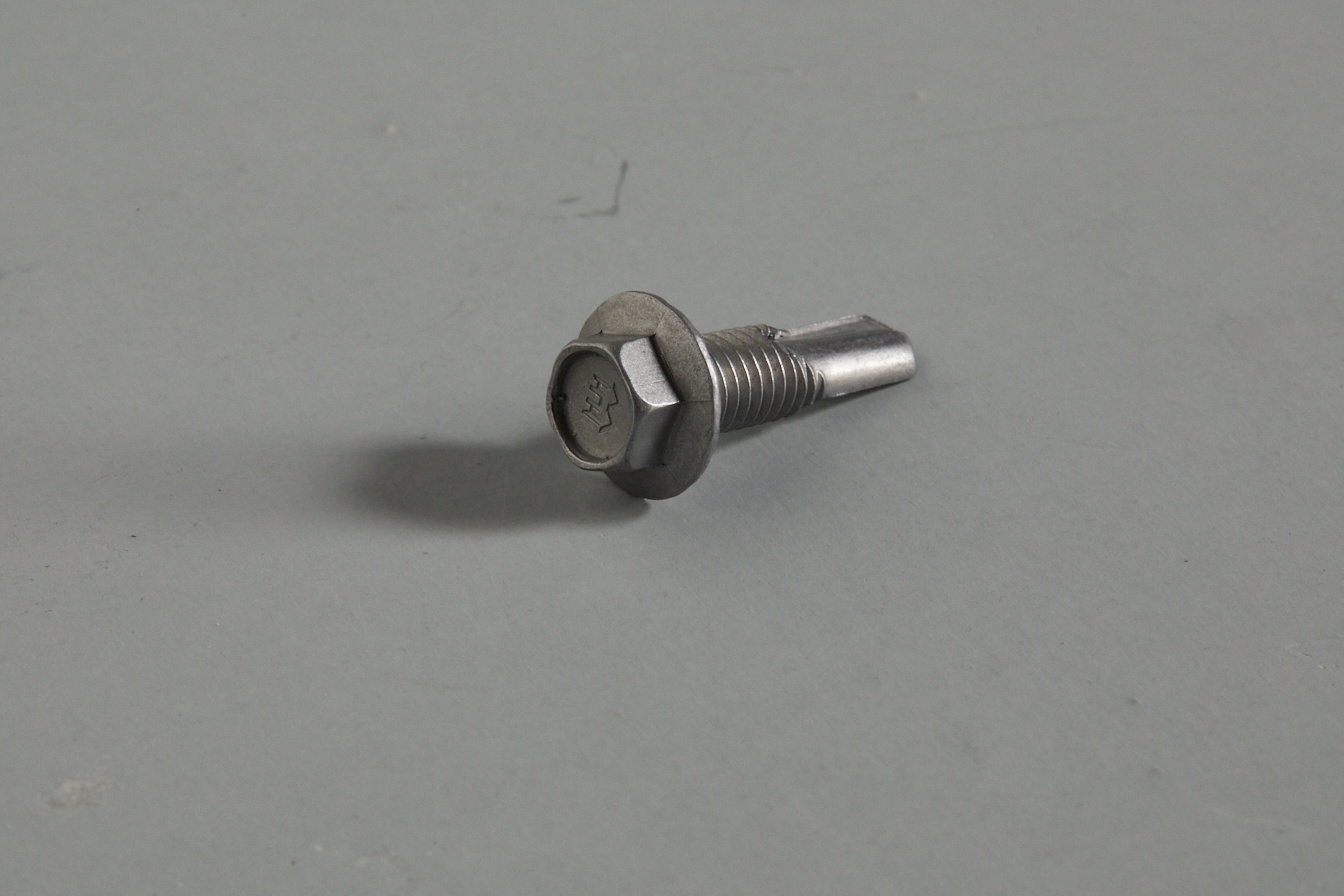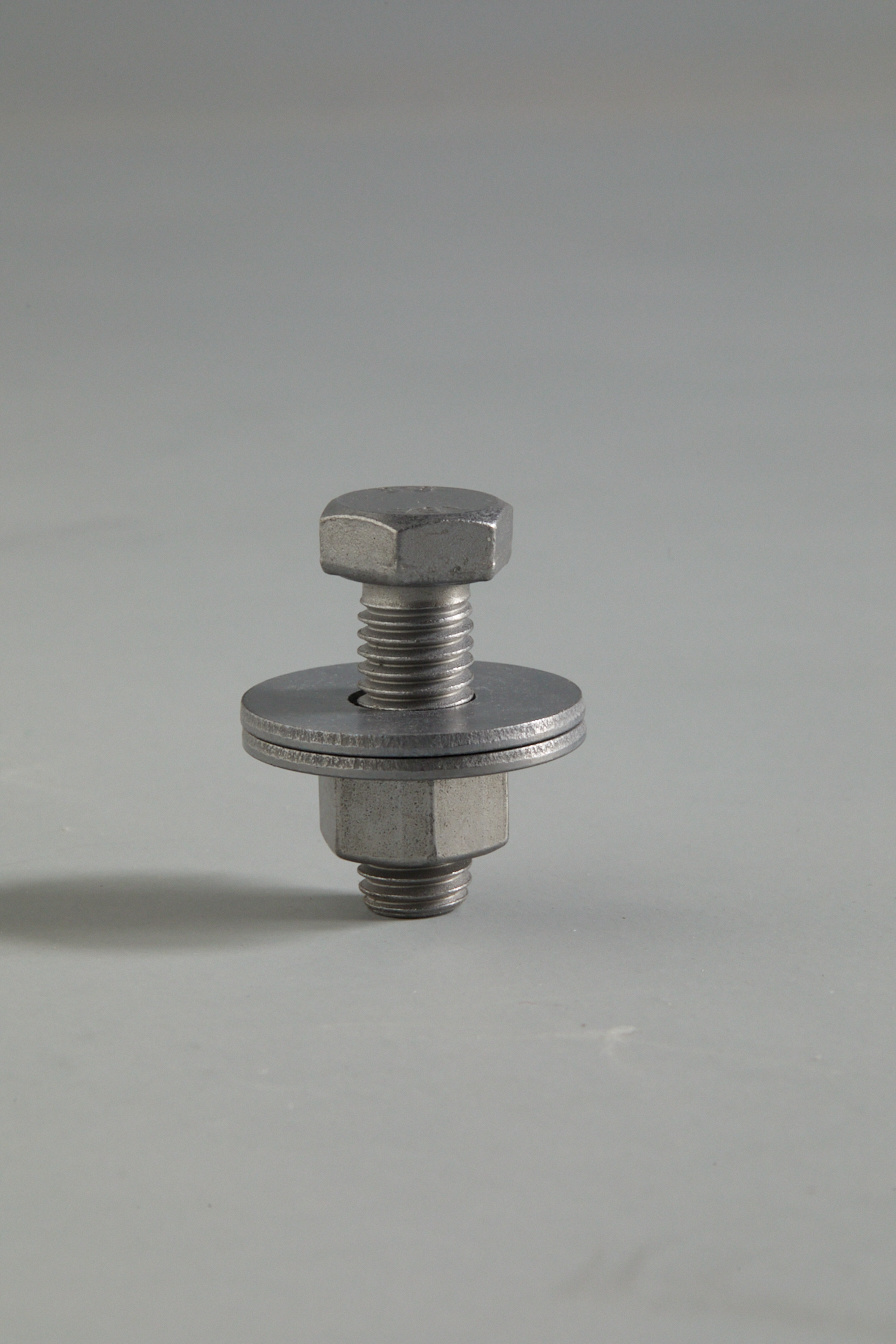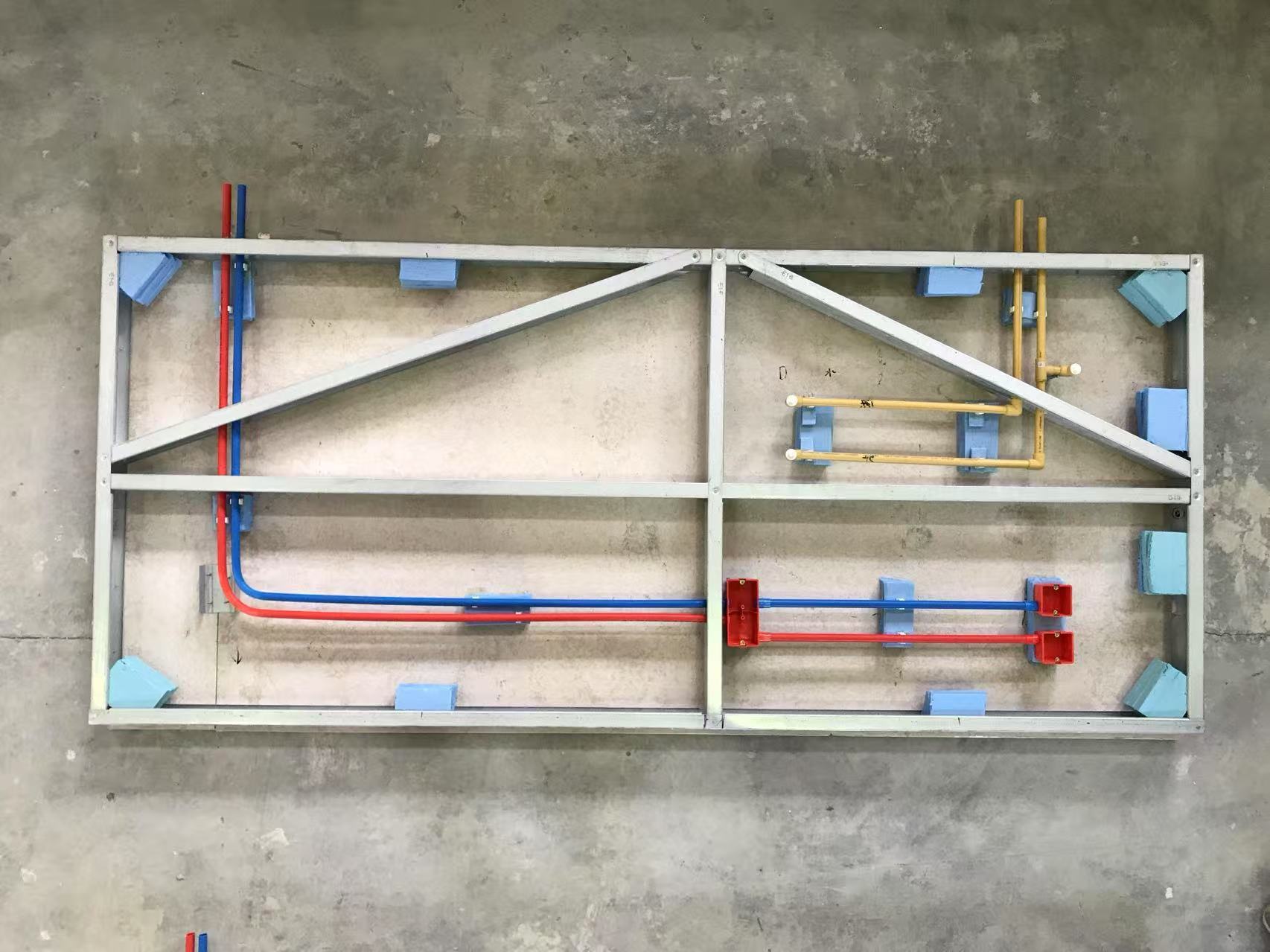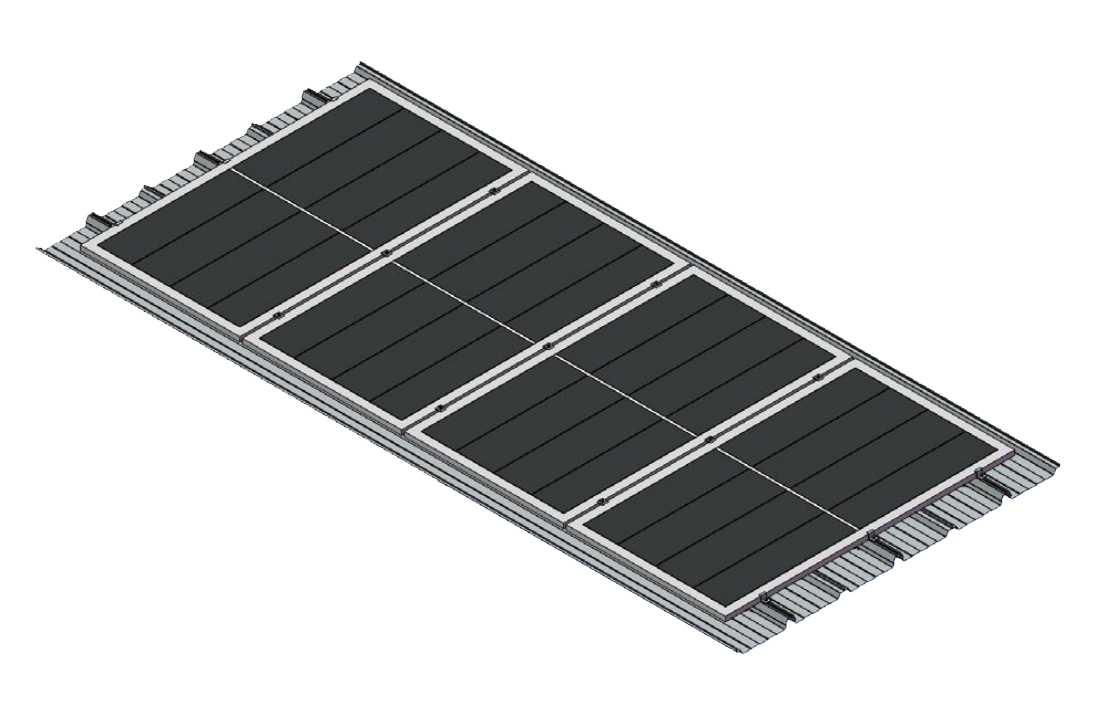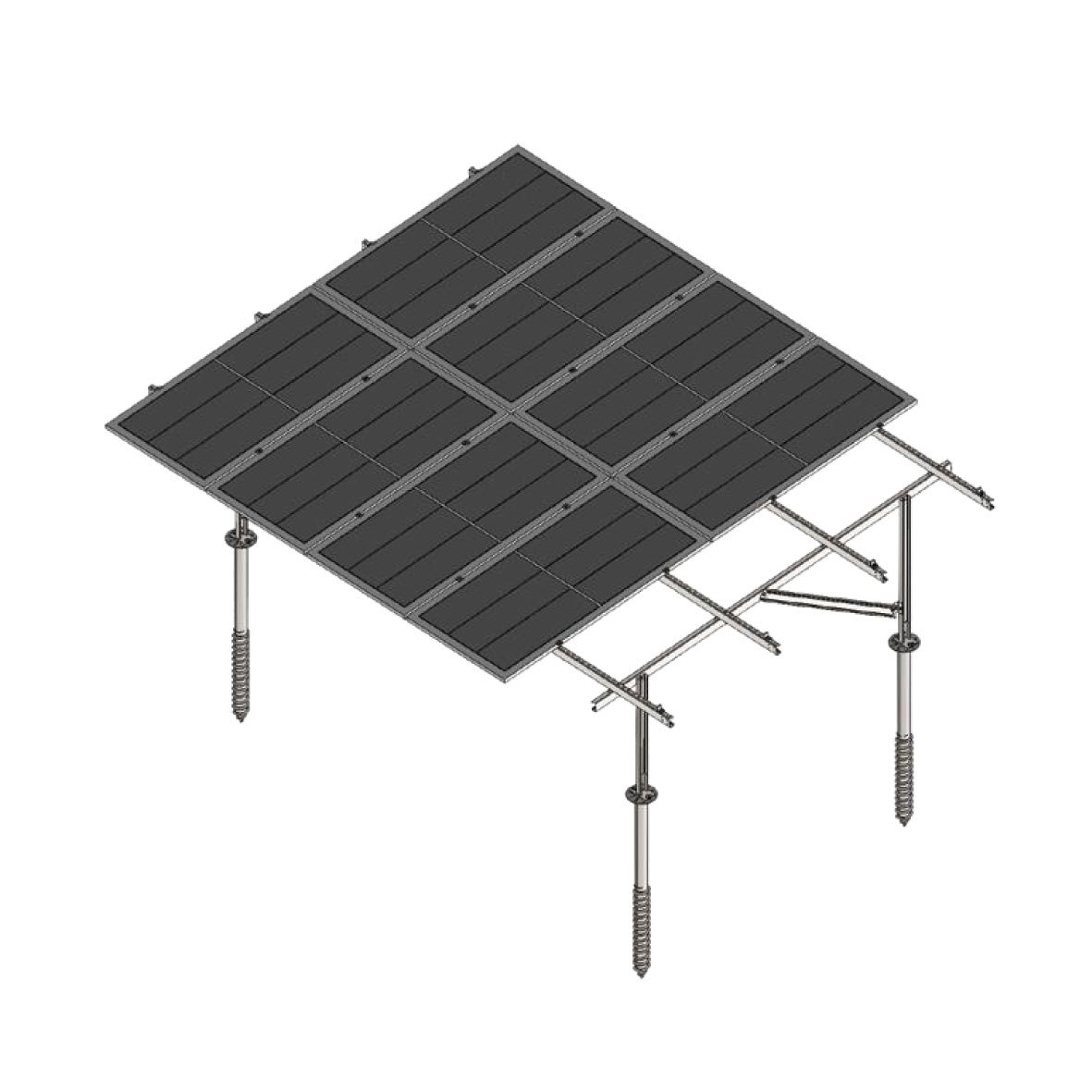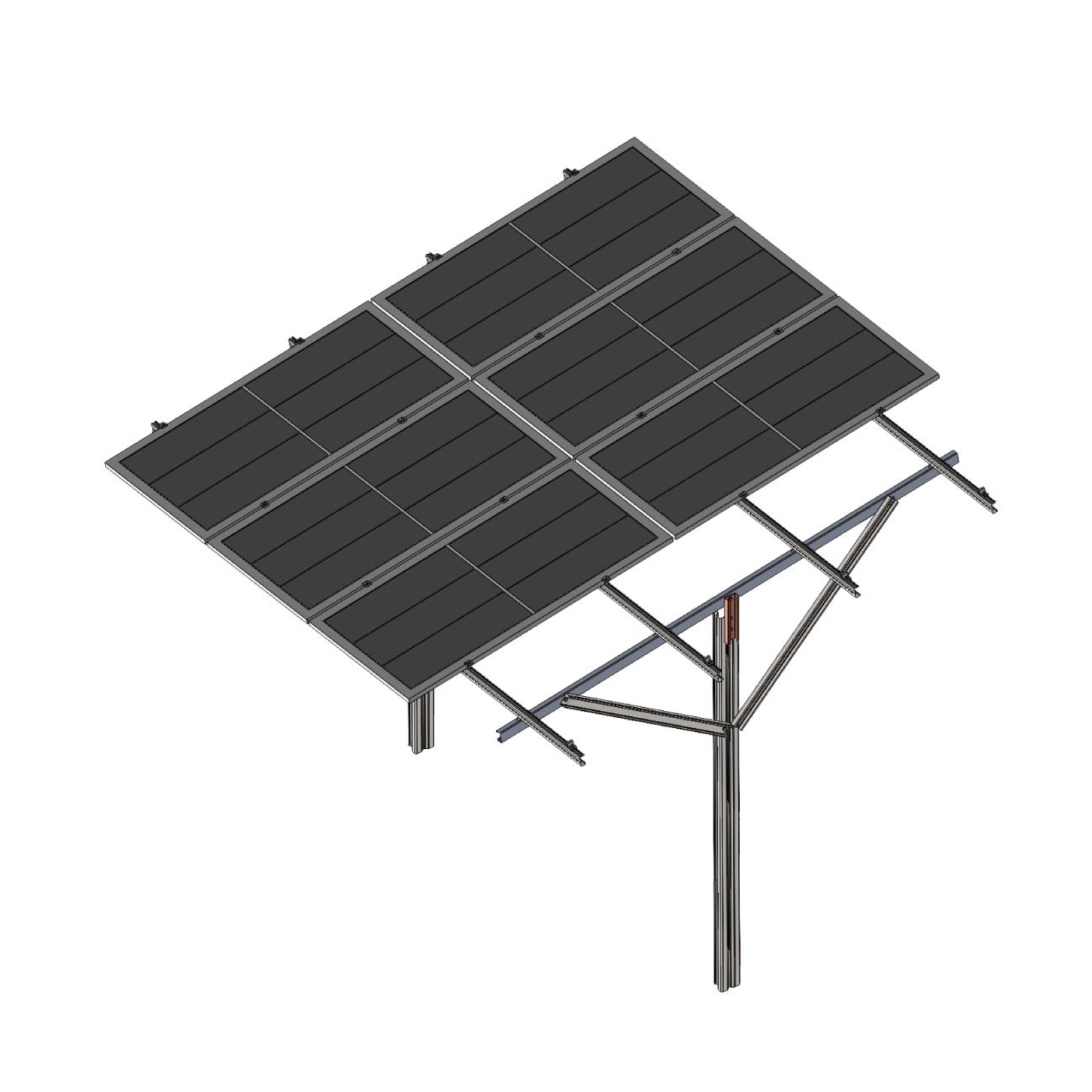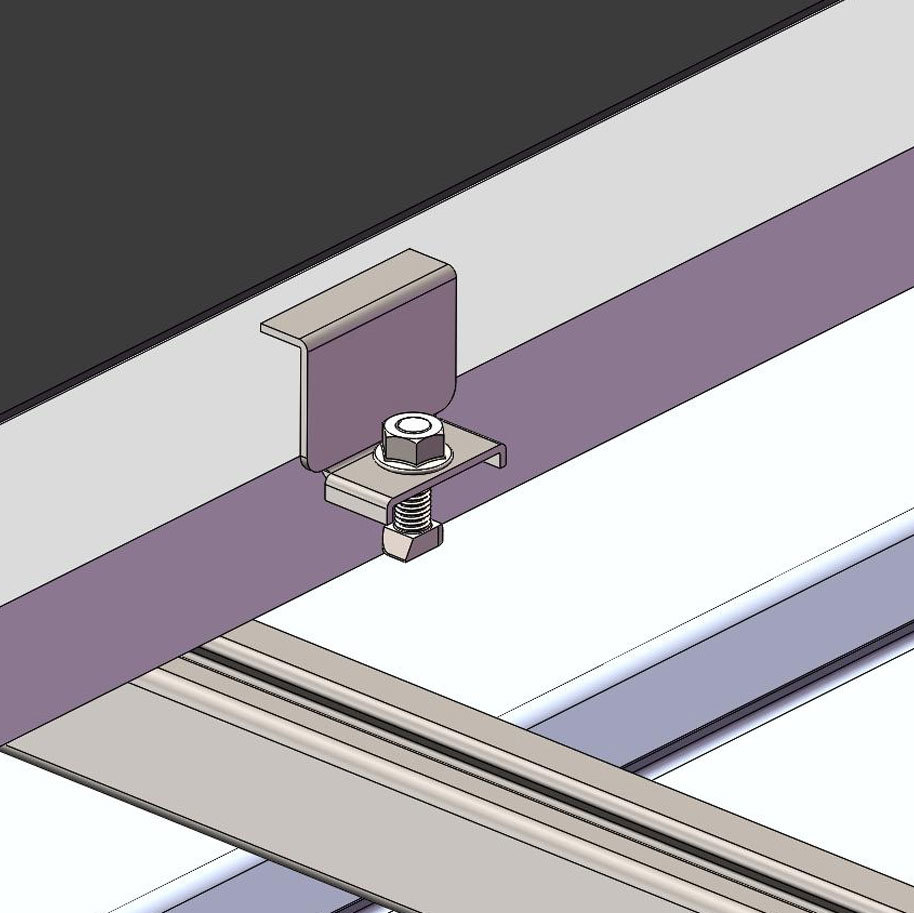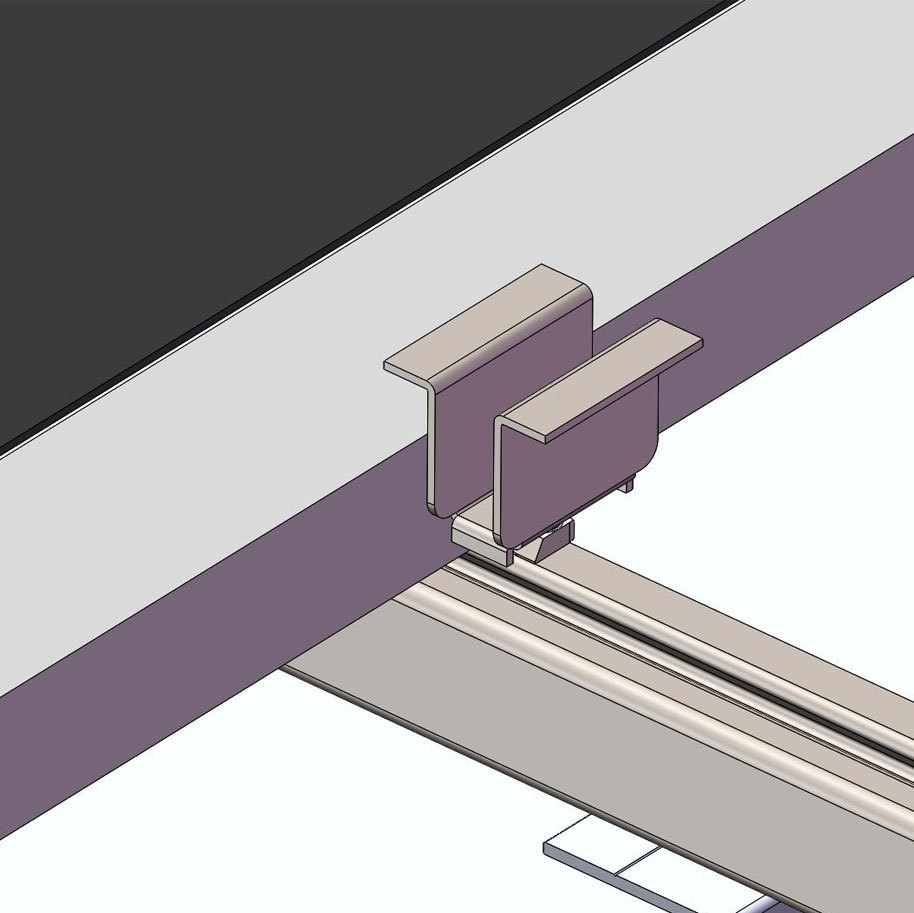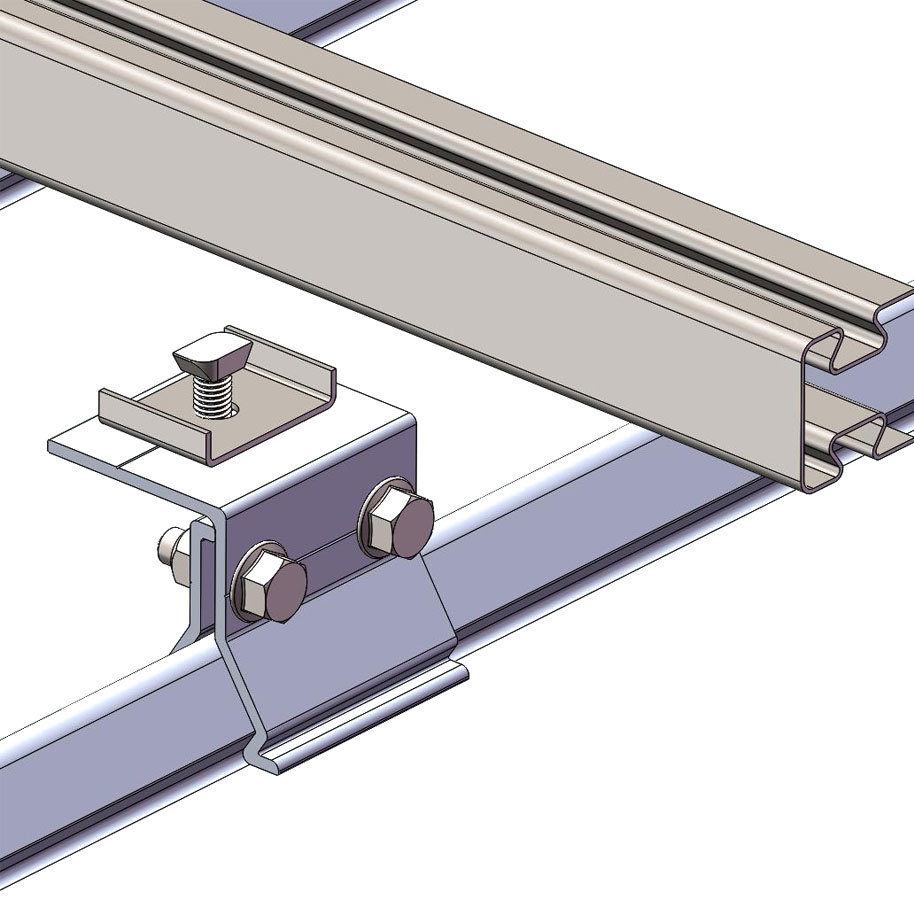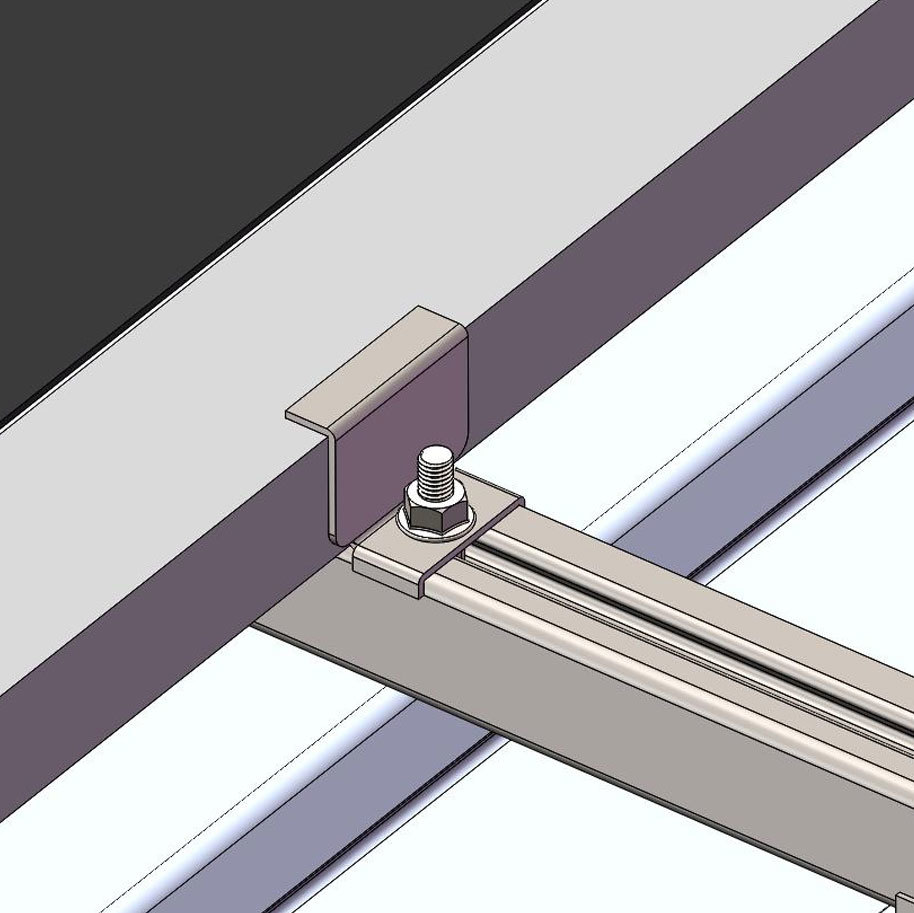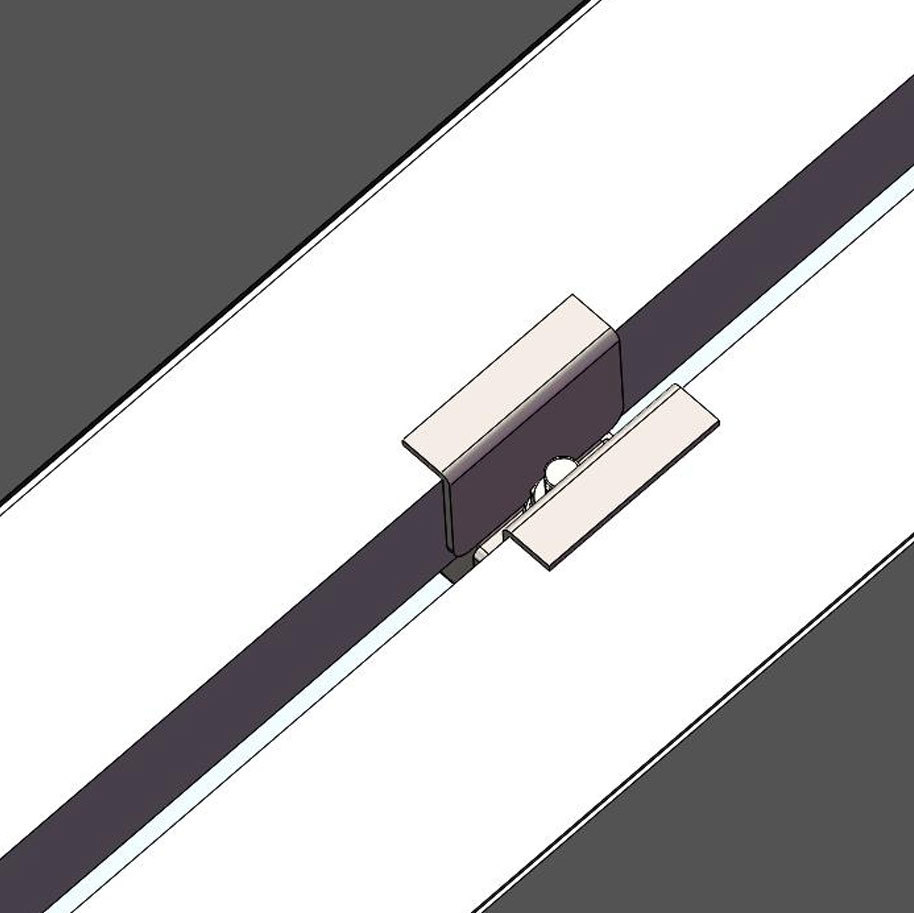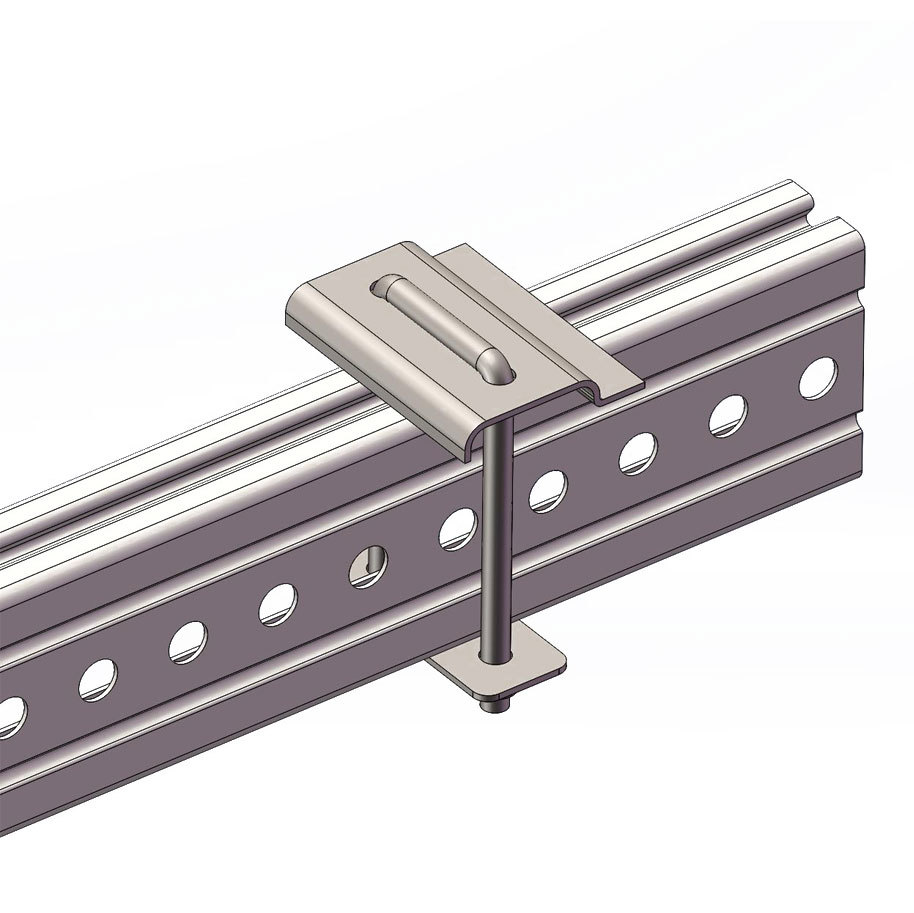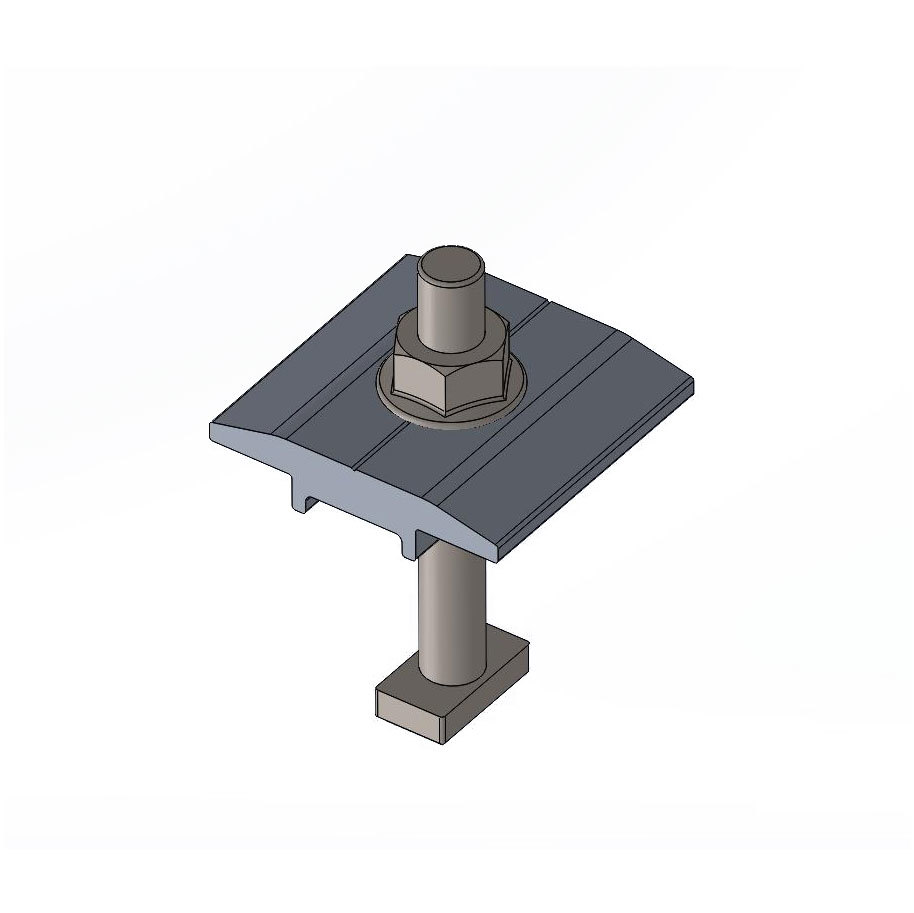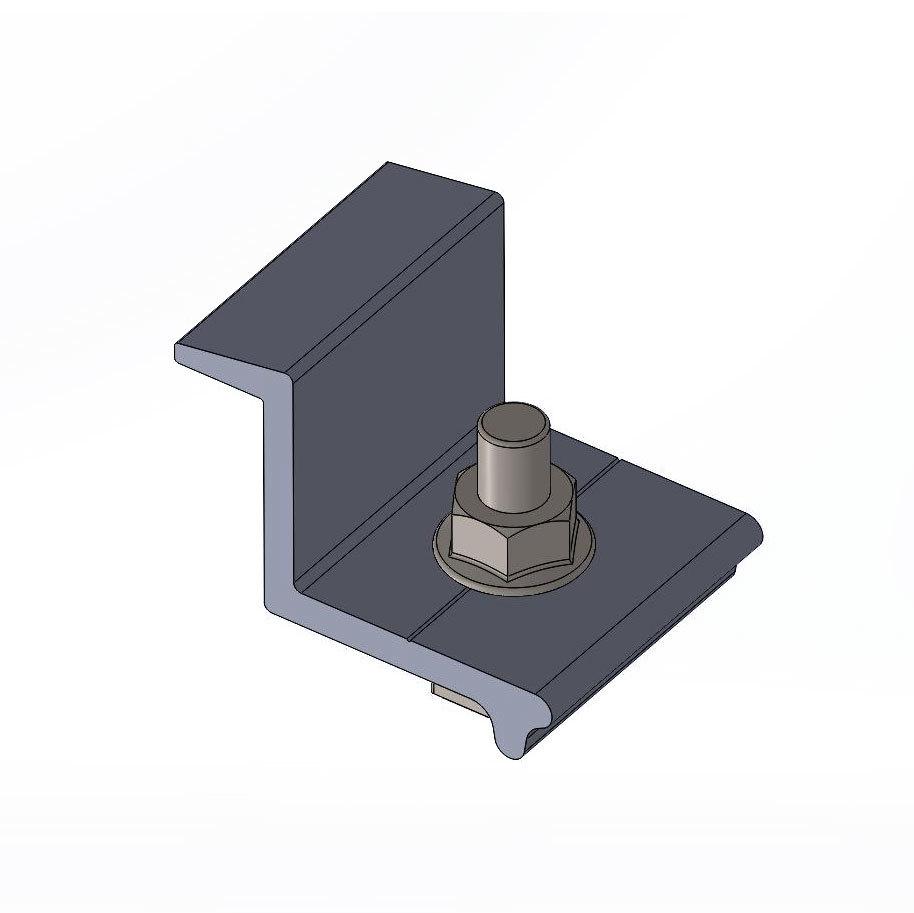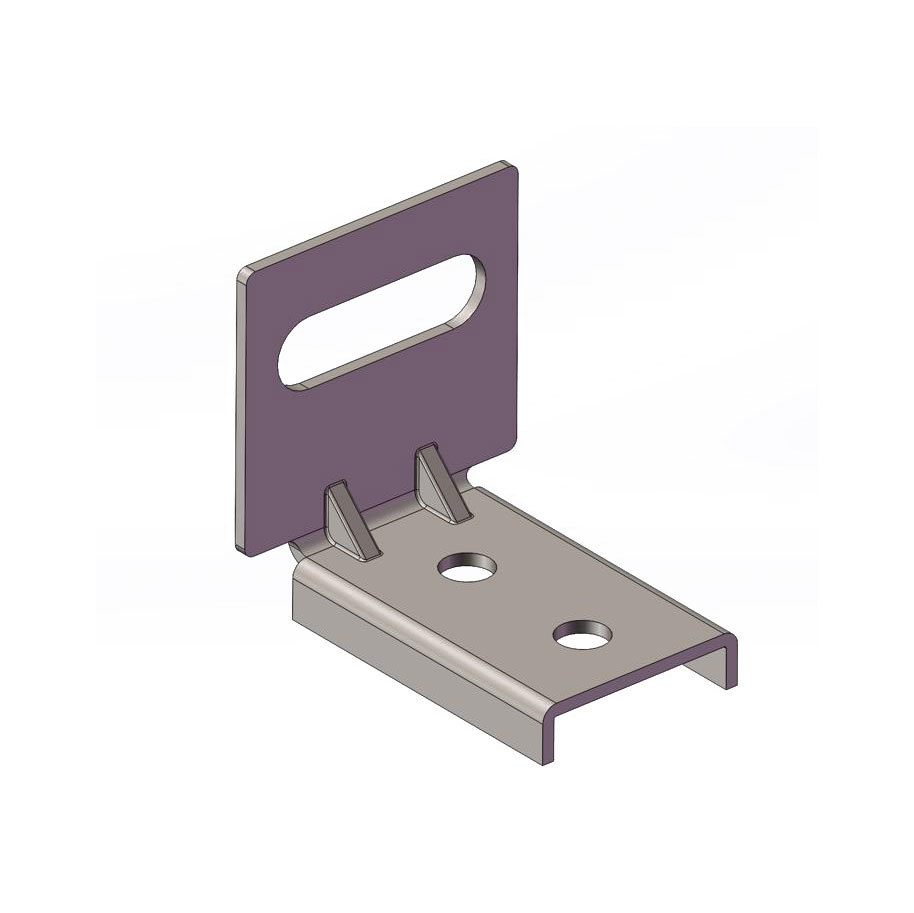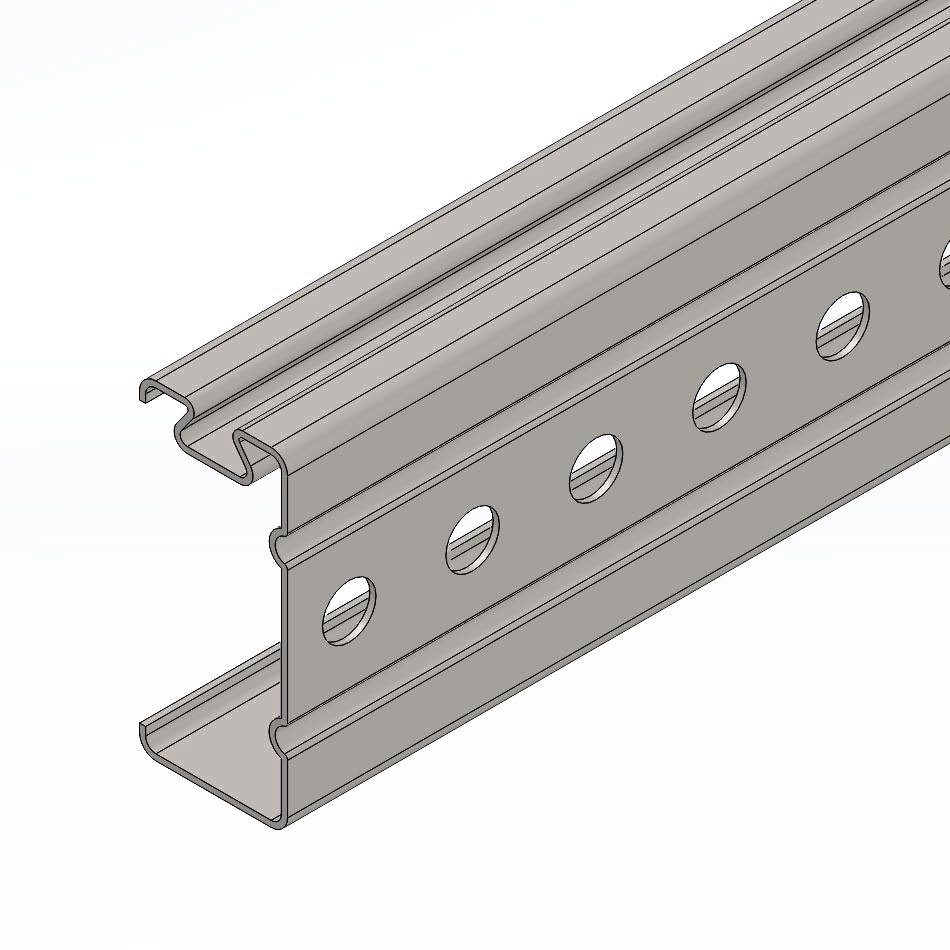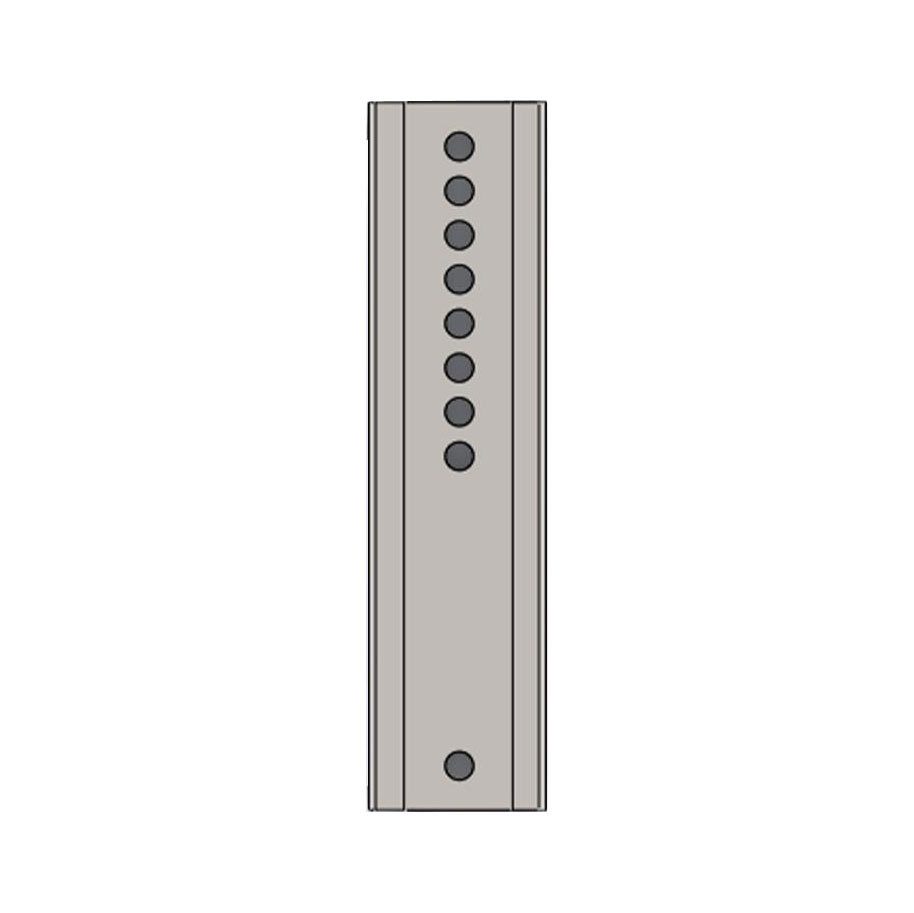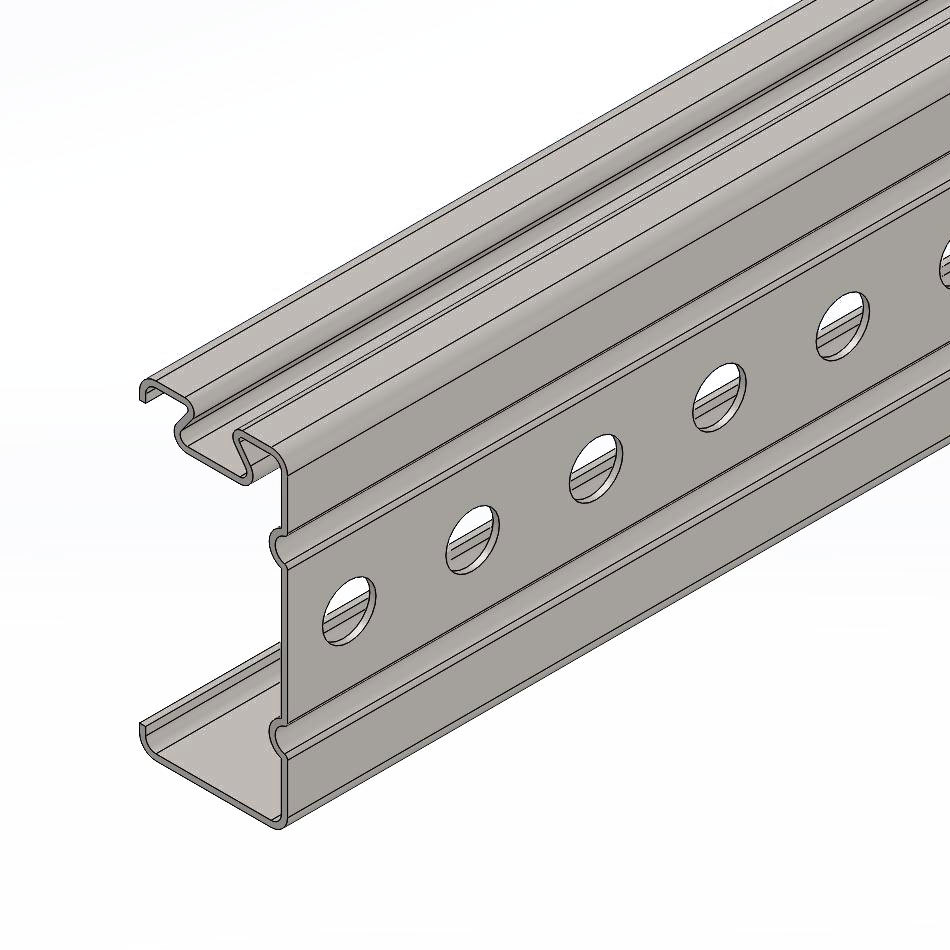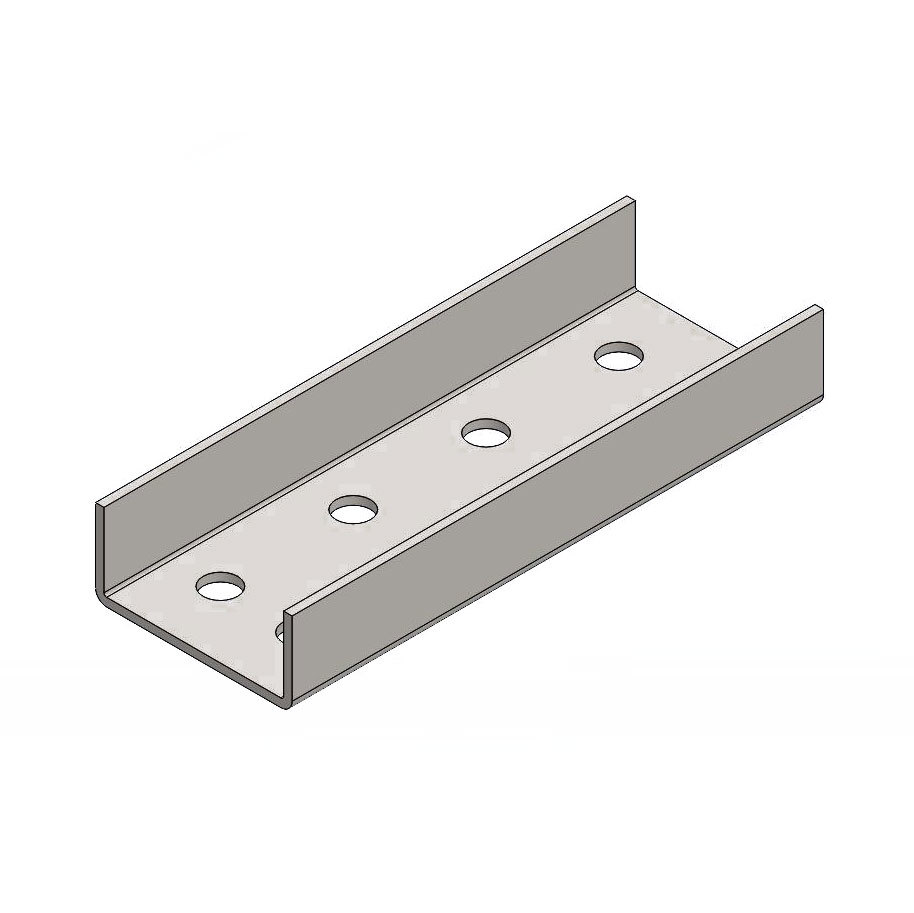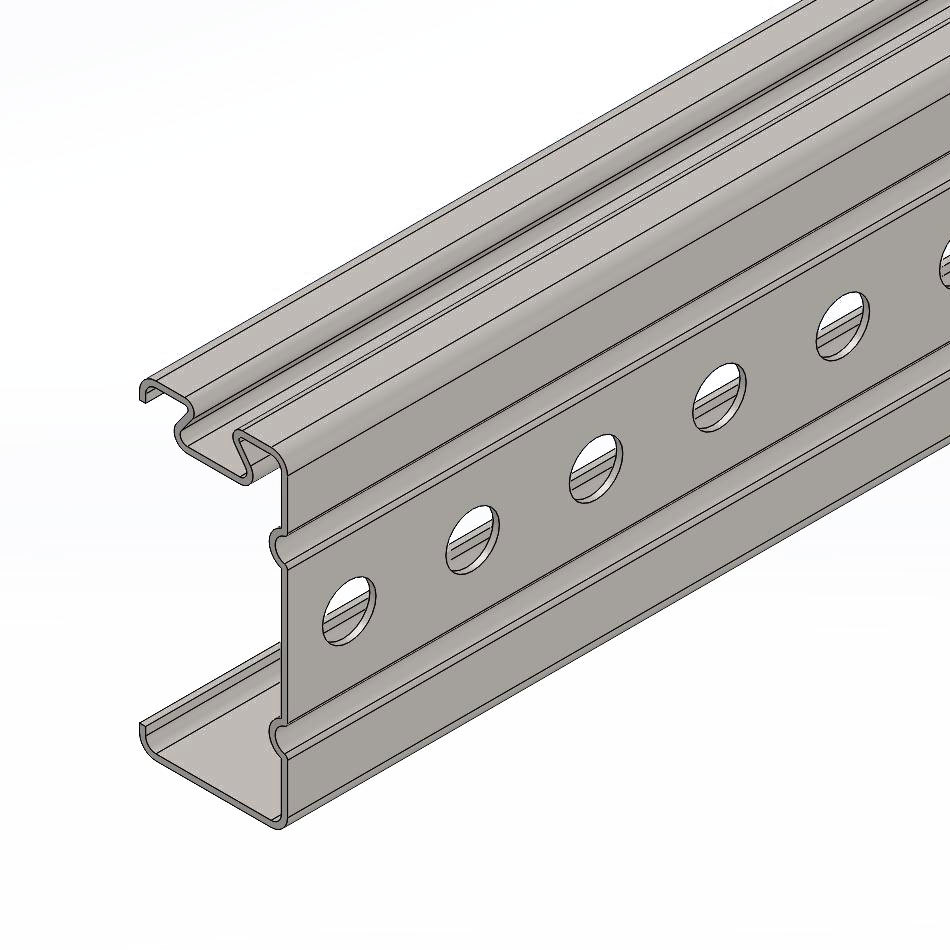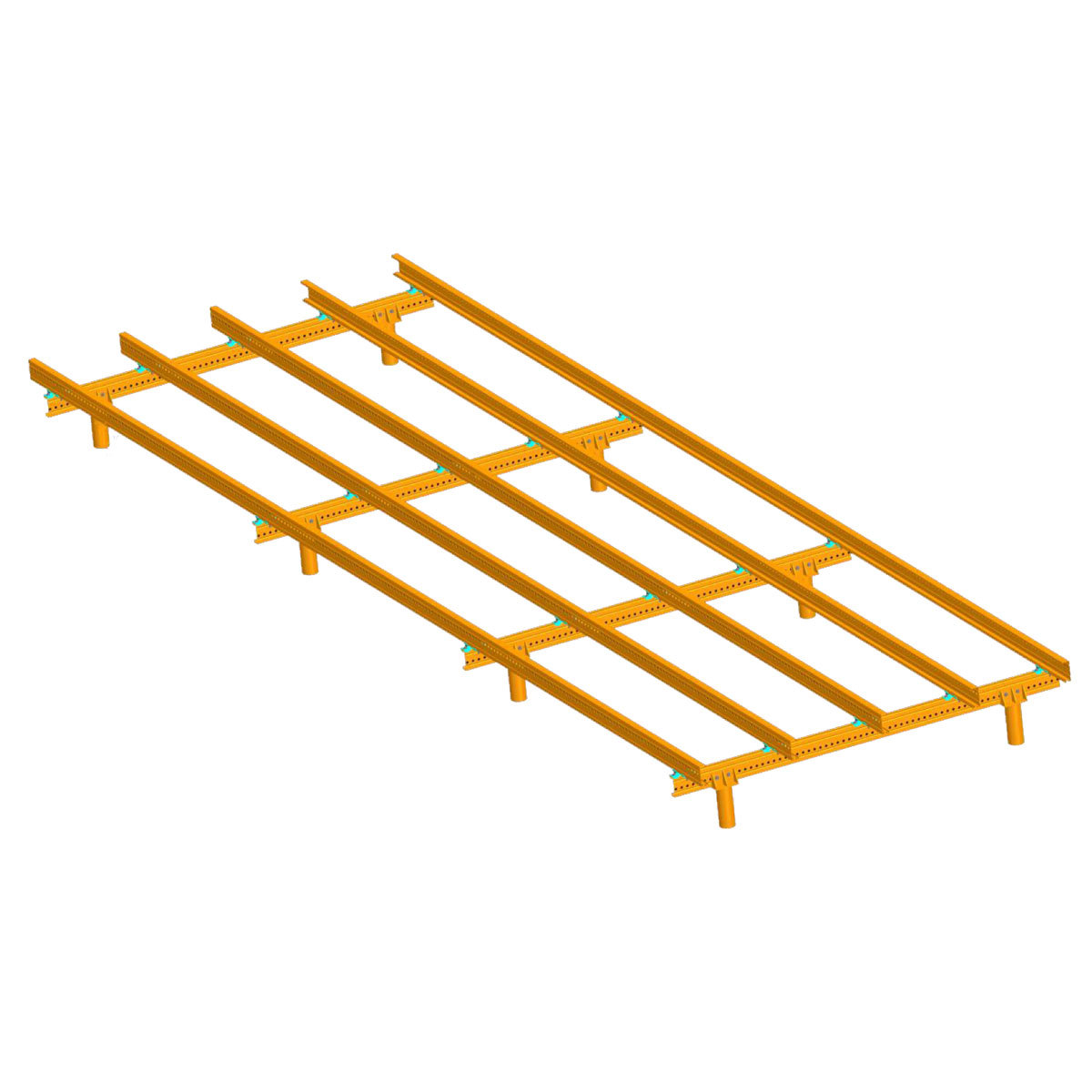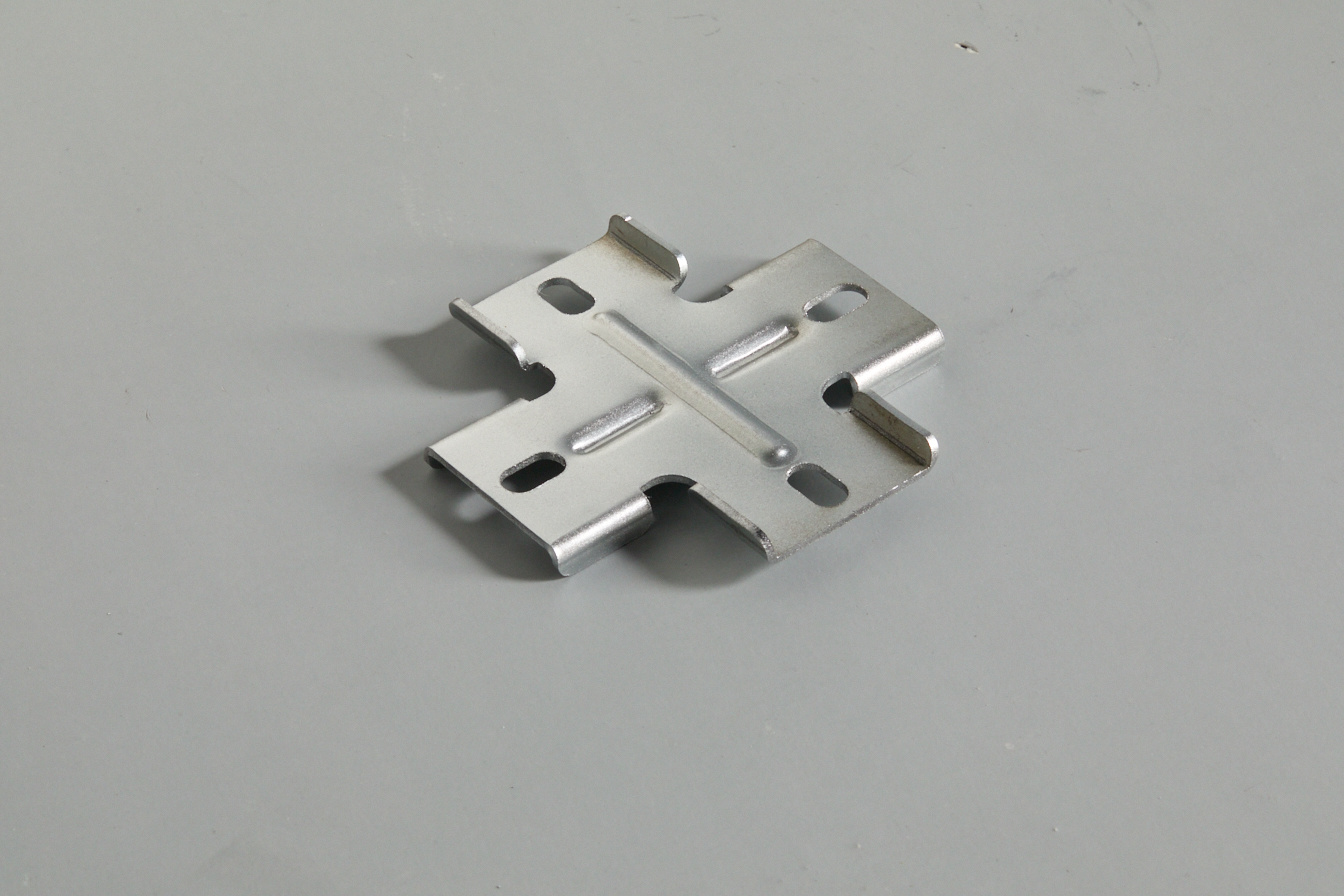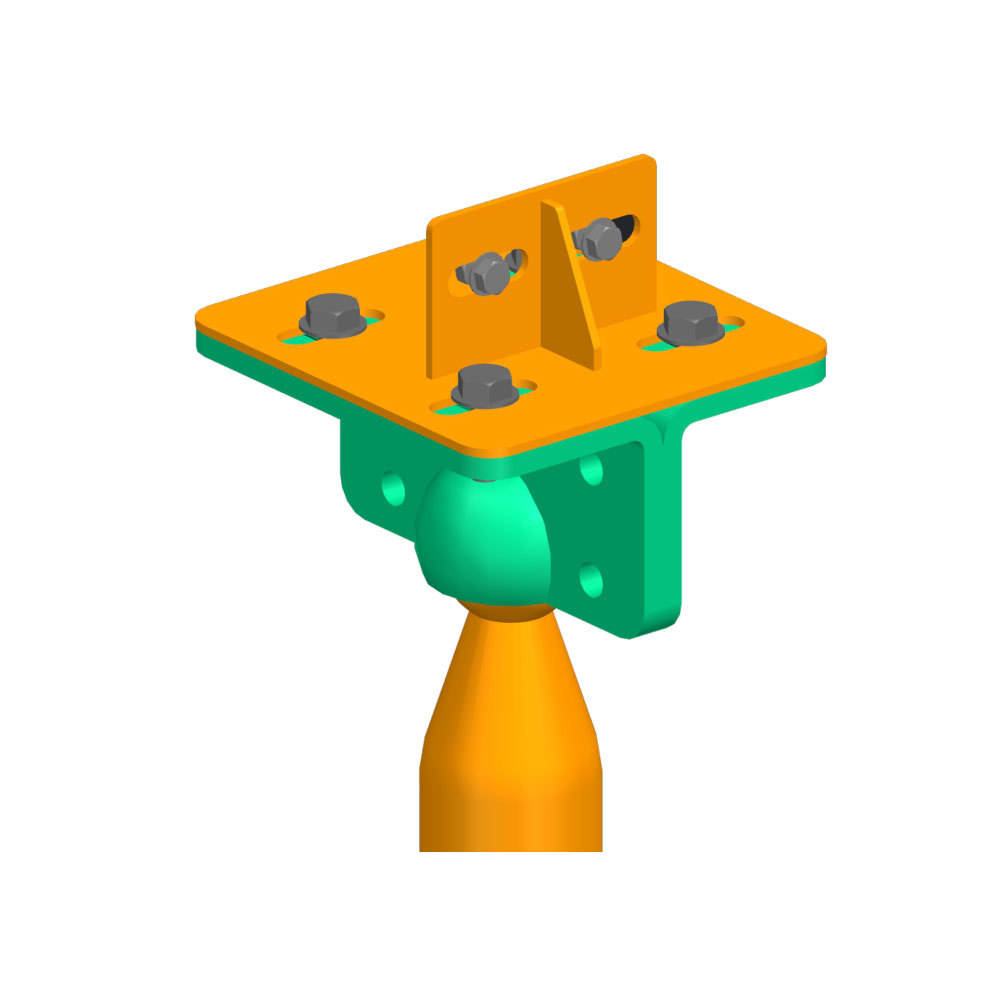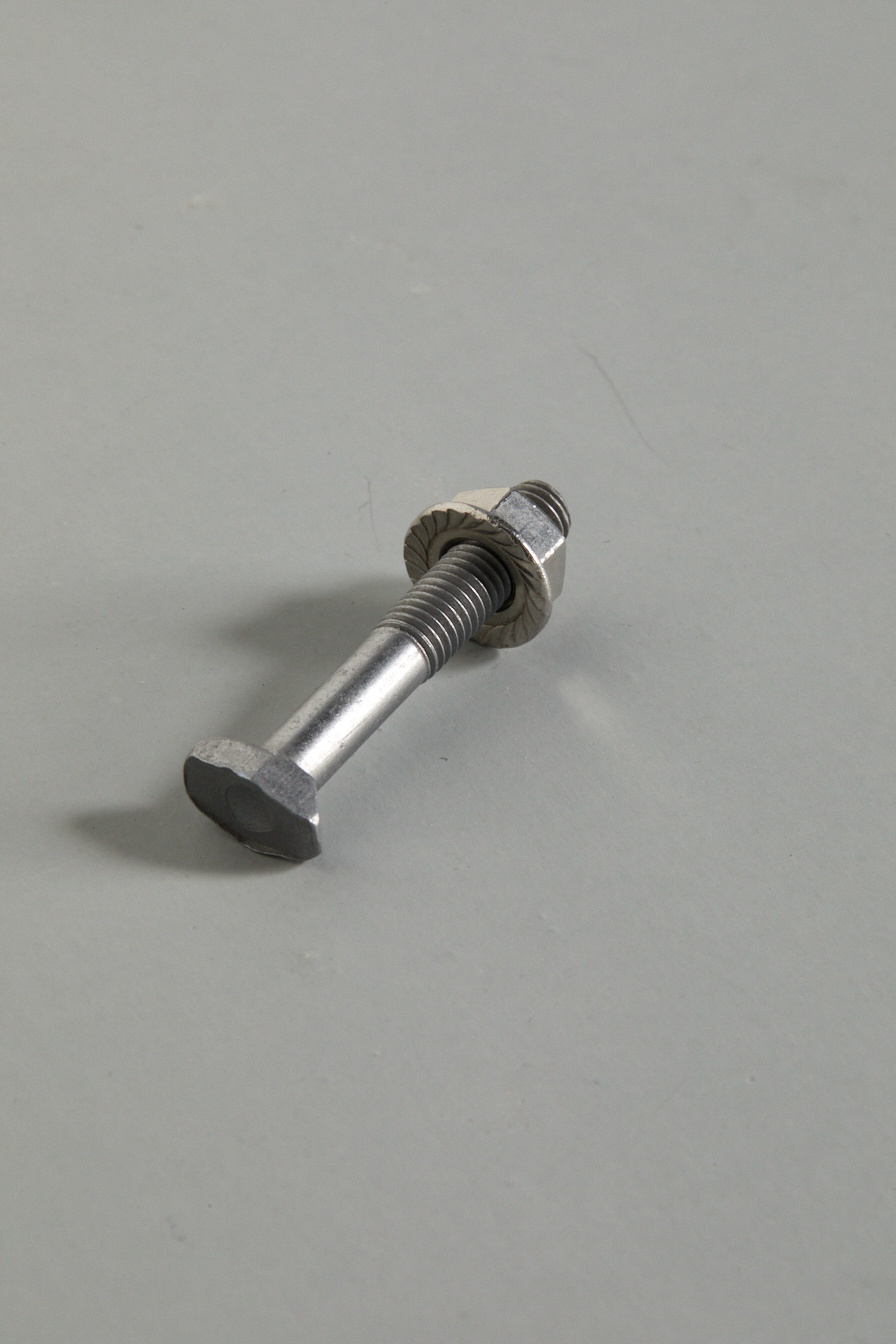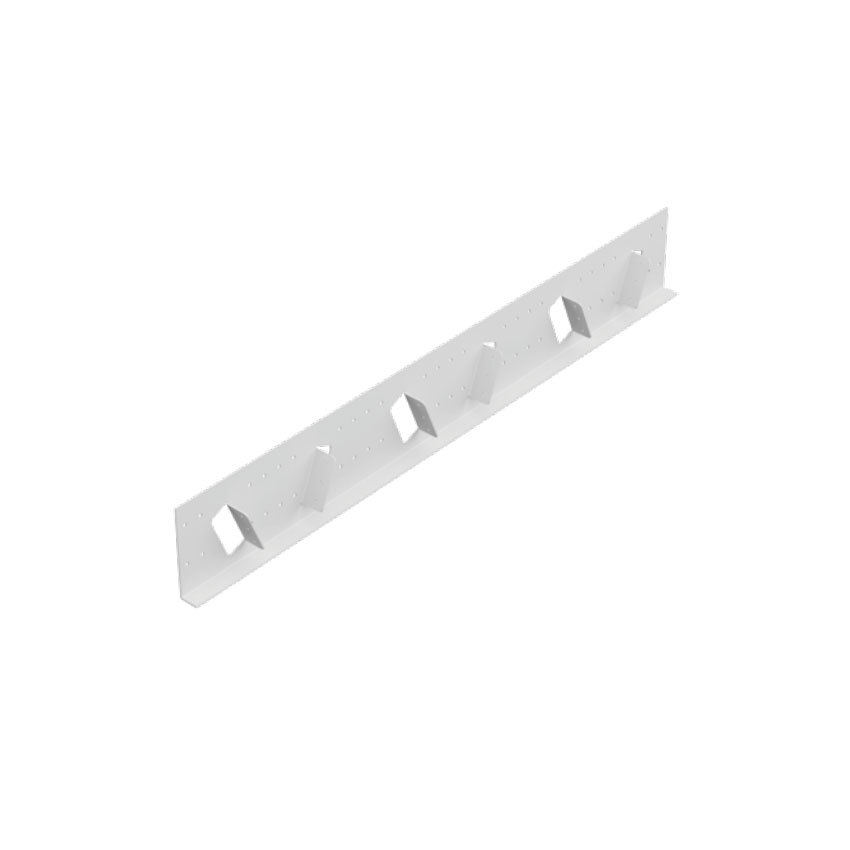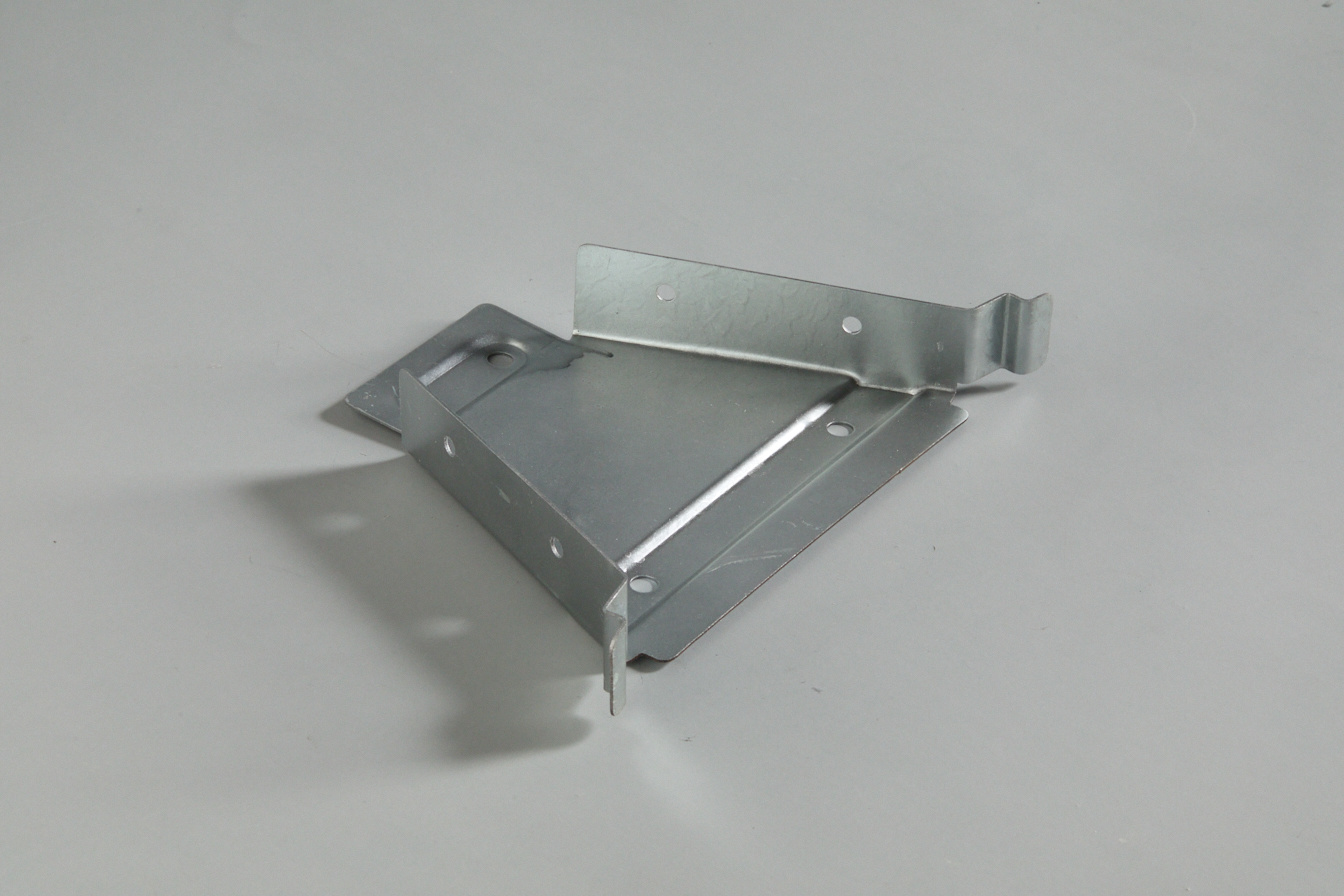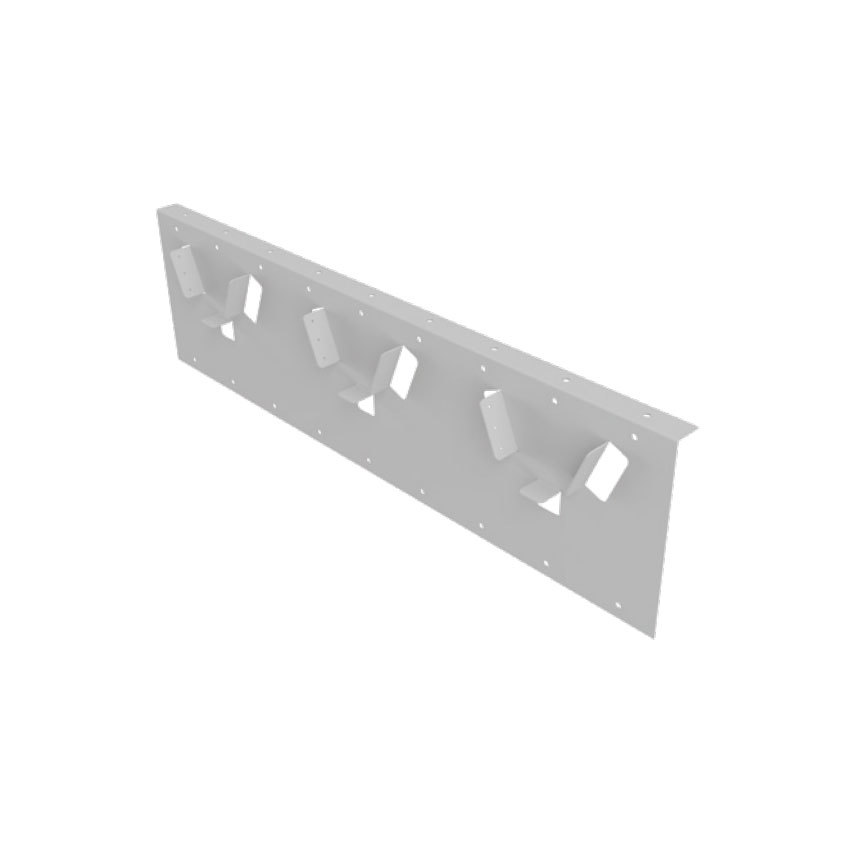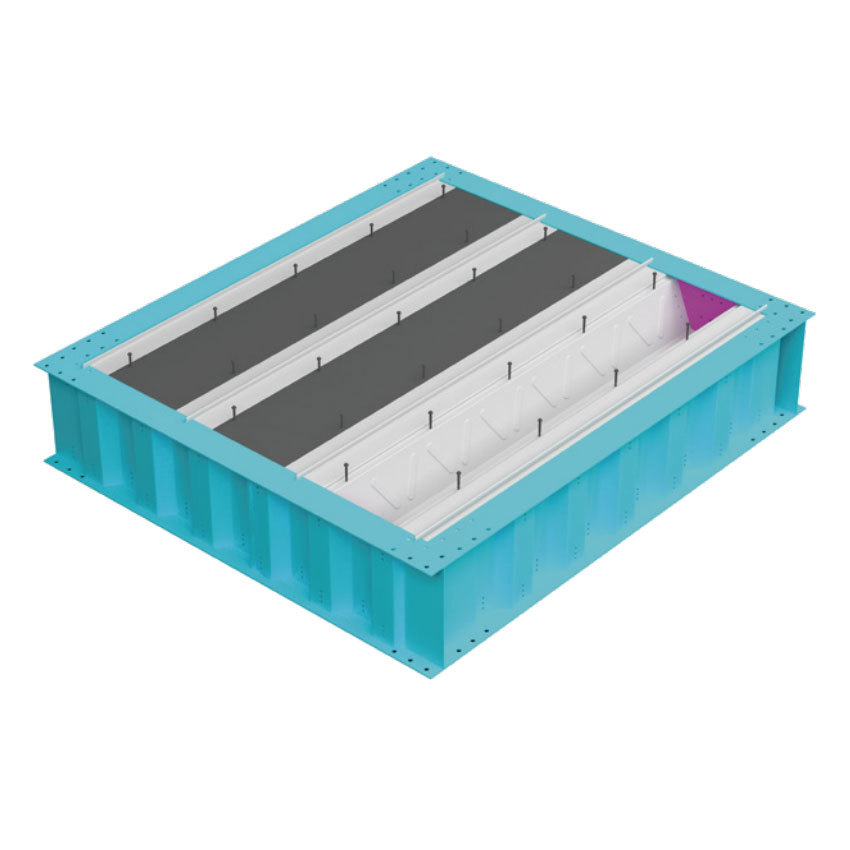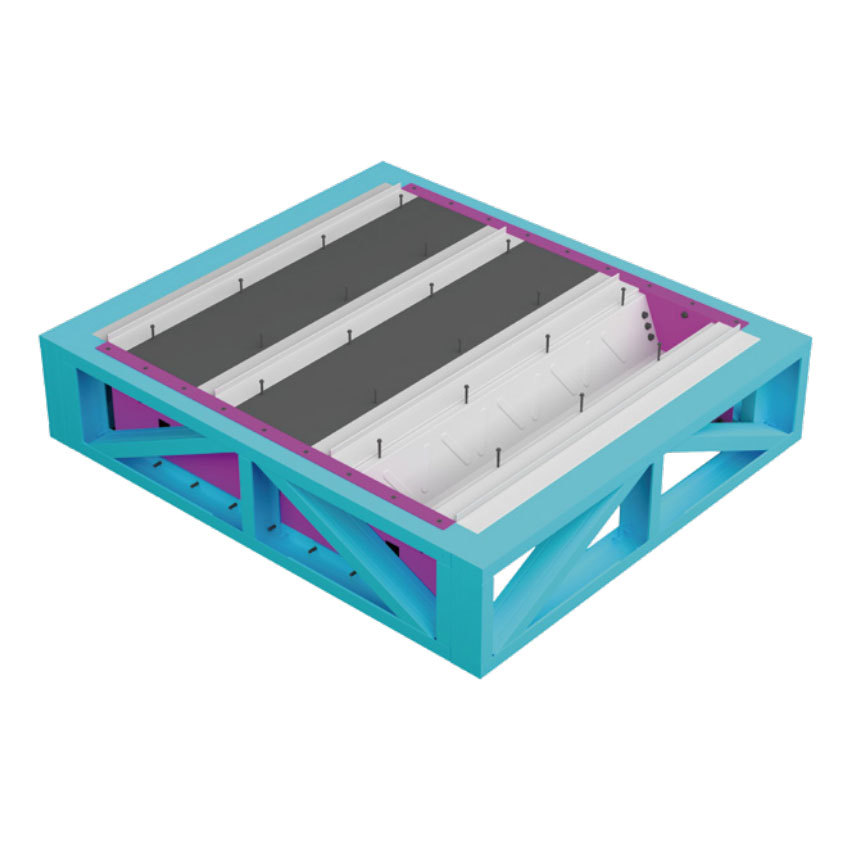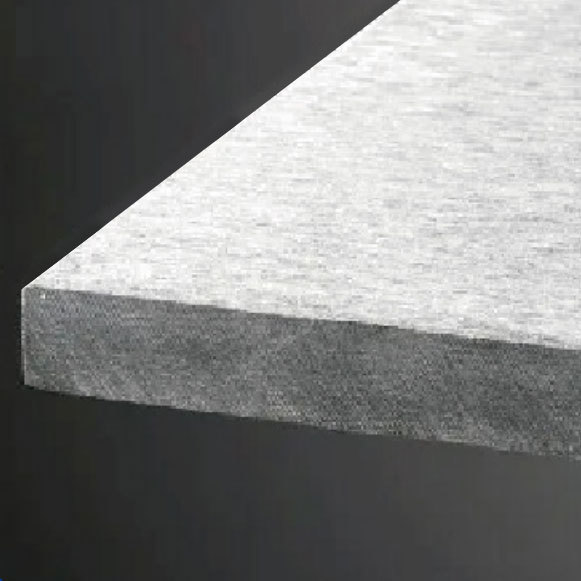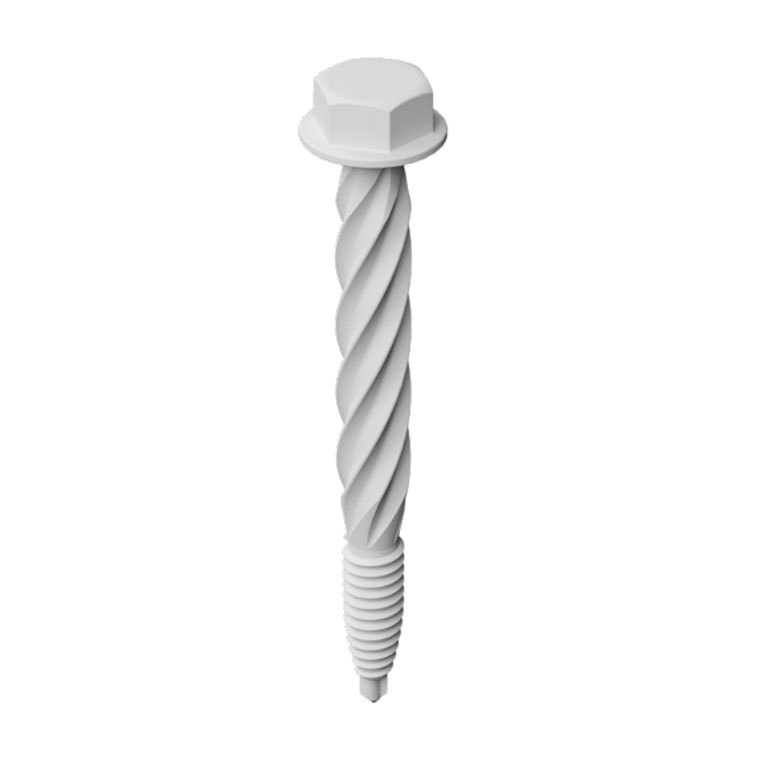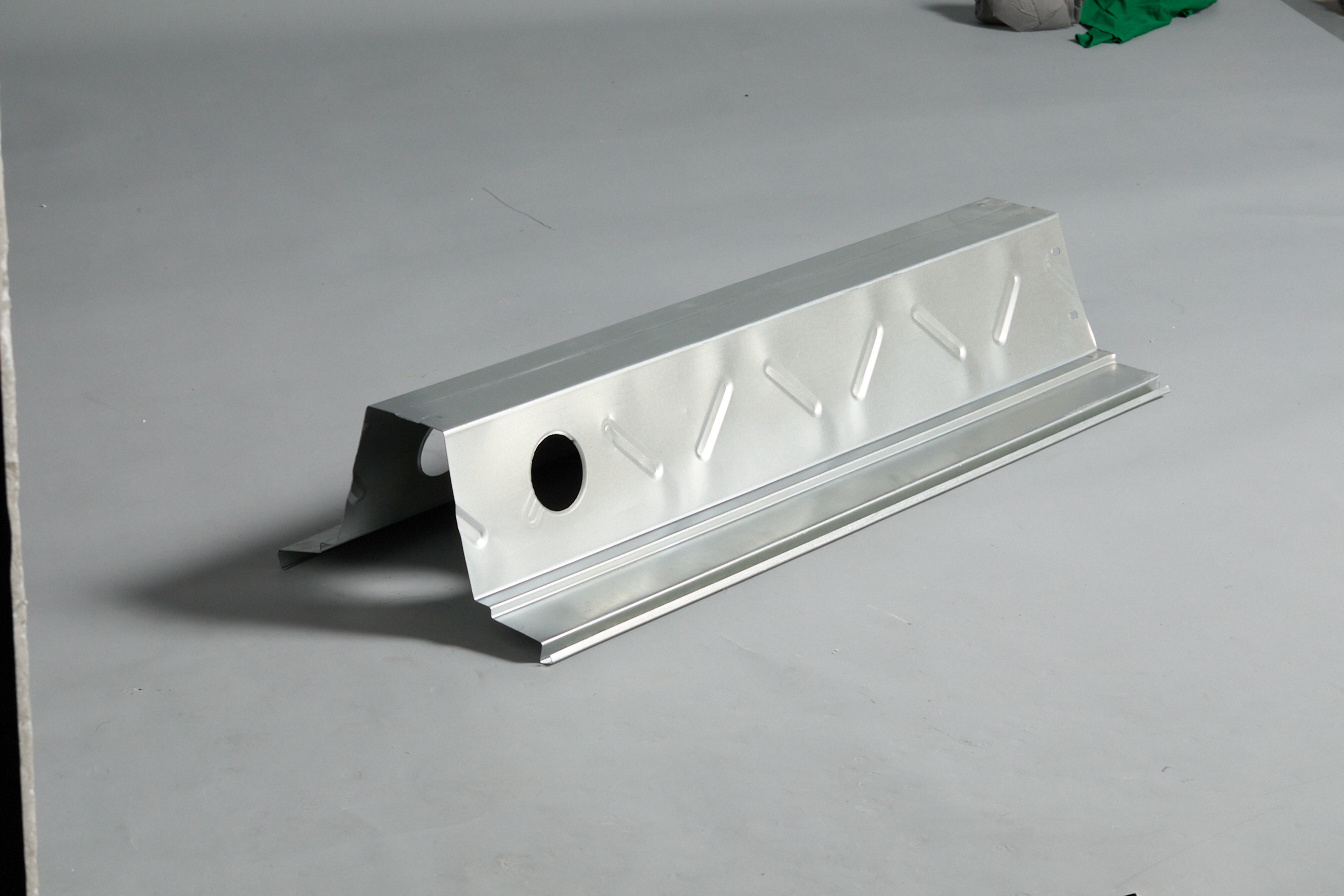Everything You Need to Know About Self Tapping Screws
Release Time:
2025-08-11
Source:
Introduction to Self Tapping Screws
Ever found yourself wrestling with a toolbox full of screws, wondering which one does what? Well, if you've come across the term self tapping screws, you're in for a treat. These nifty little fasteners are the unsung heroes of DIY projects and professional builds alike. Let's dive into some common questions, shall we?
What Are Self Tapping Screws?
To put it simply, self tapping screws are screws that can create their own hole as you drive them into a material. No pre-drilling? No problem! They have a sharp point and threads that allow them to cut through various materials, like metal and plastic, without needing a pilot hole. It's like magic, but with metal!
When Should You Use Them?
So, when's the best time to whip out those self tapping screws? Well, they shine in situations where speed and efficiency are crucial. Whether you're assembling furniture, installing sheet metal, or working on automotive repairs, these screws can save you a boatload of time. Plus, they provide a strong hold, which is always a plus!
Are There Different Types?
You bet! Just like ice cream comes in various flavors, self tapping screws come in a range of types. Here's a quick breakdown:
- Sheet Metal Screws: Ideal for fastening metal sheets together.
- Plastic Screws: Great for securing plastic materials without cracking.
- Wood Screws: Perfect for wooden projects, they provide excellent grip.
How Do You Choose the Right Size?
Choosing the right size self tapping screw is crucial. Too long, and you might poke through the other side; too short, and it won't hold anything together. A good rule of thumb is to match the screw length to the thickness of the material you're fastening. When in doubt, always opt for a slightly longer screw – better safe than sorry!
Do You Need Special Tools?
Now, here's the kicker: most self tapping screws can be driven in with a standard screwdriver or a power drill. However, if you're working with tougher materials, it might be a good idea to use a drill with adjustable torque settings. This'll help you avoid stripping the screw head or breaking the screw altogether. Talk about a DIY nightmare!
Common Mistakes to Avoid
Ah, the pitfalls of DIY. Here are some common blunders to steer clear of:
- Over-tightening: This can strip the screw or damage the material.
- Using the Wrong Type: Always match the screw to your project materials.
- Forgetting to Clean the Area: Dust and debris can hinder a good fit.
Final Thoughts
In a nutshell, self tapping screws are an invaluable addition to any toolkit. They're versatile, efficient, and can tackle a variety of materials without breaking a sweat. So next time you're gearing up for a project, don't forget to stock up on these little wonders. They might just become your new best friend in the world of construction!
Happy Screwing!
Armed with this knowledge, you're ready to tackle your next project with confidence. Go ahead, grab those self tapping screws and let the DIY adventures begin!
Previous Page
Related Information

HaoHeng Group
Address: Room 1808, Block A, Vanke Cloud City, Jiemei District, Xiamen City, Fujian Province
Business cooperation:
Copyright © HaoHeng (FuJian) Building Materials Technology Co, Ltd. All rights reserved































